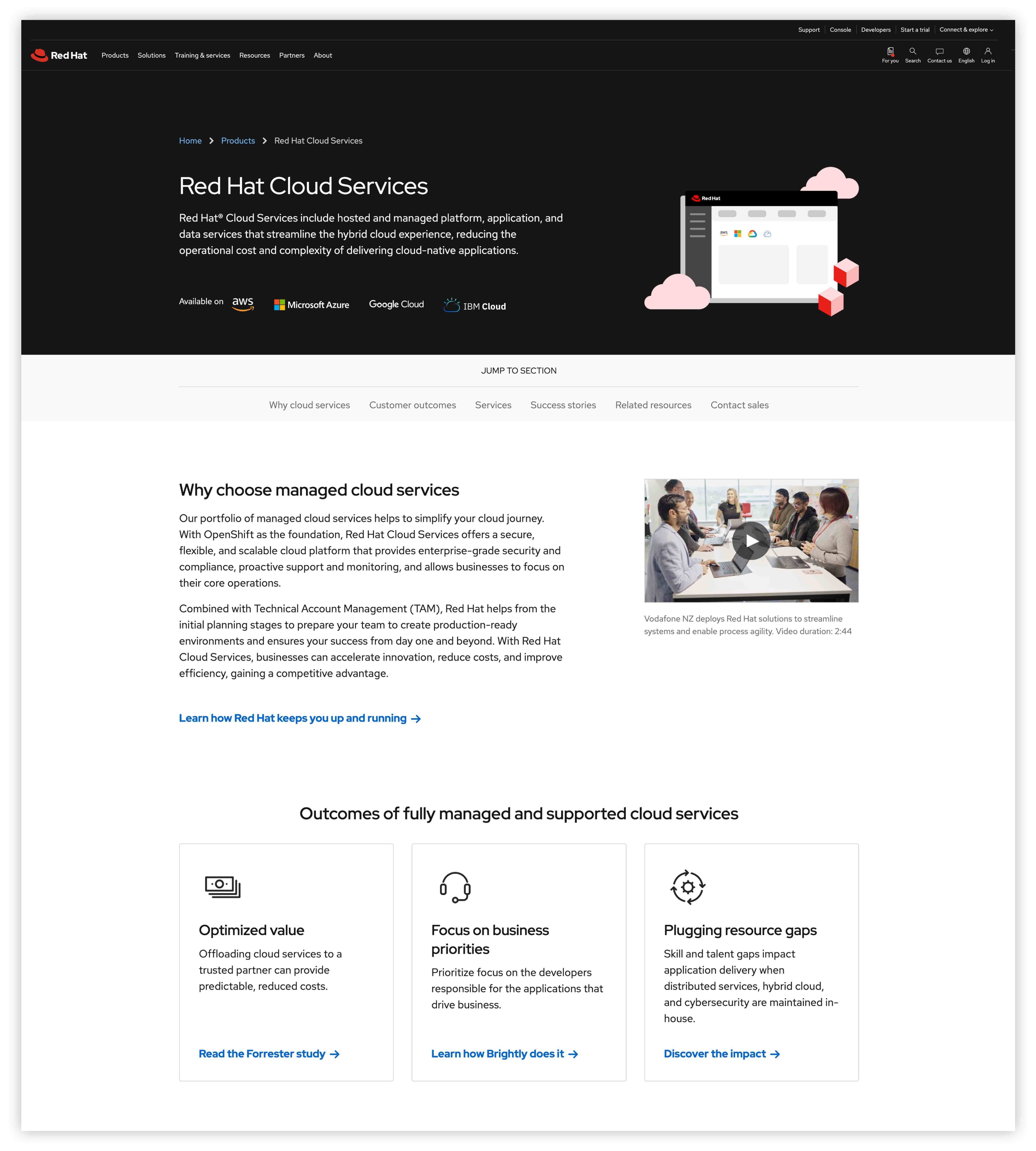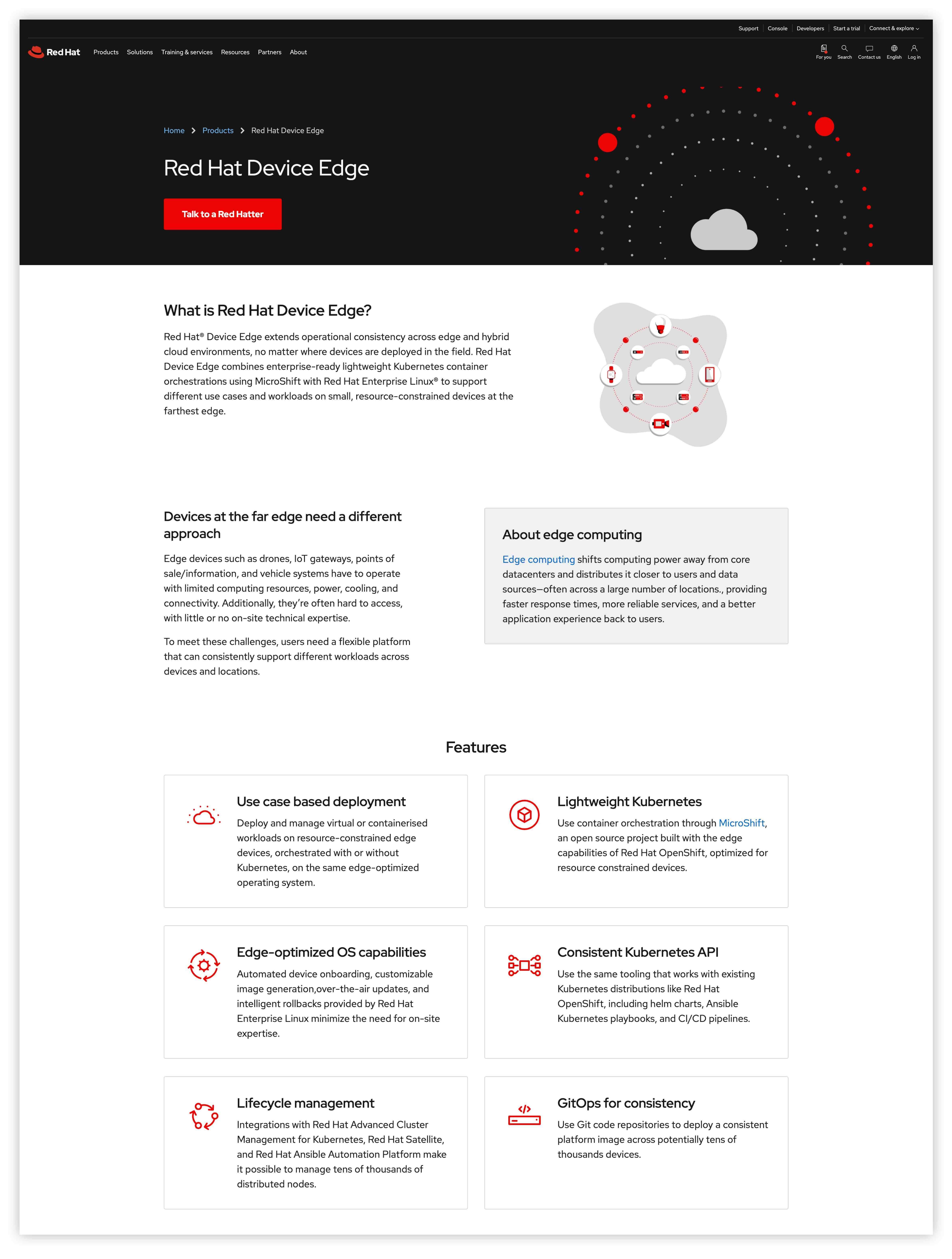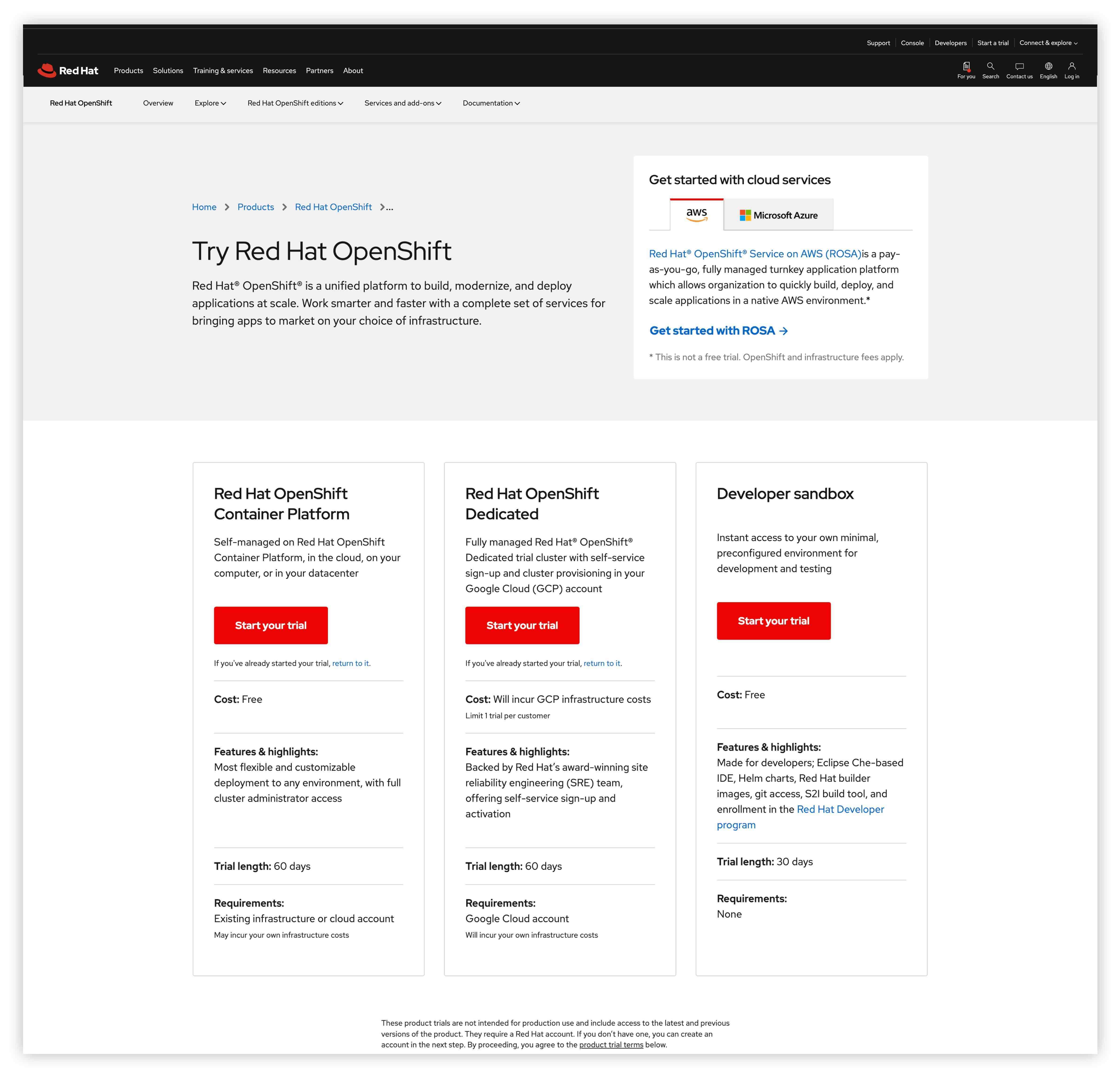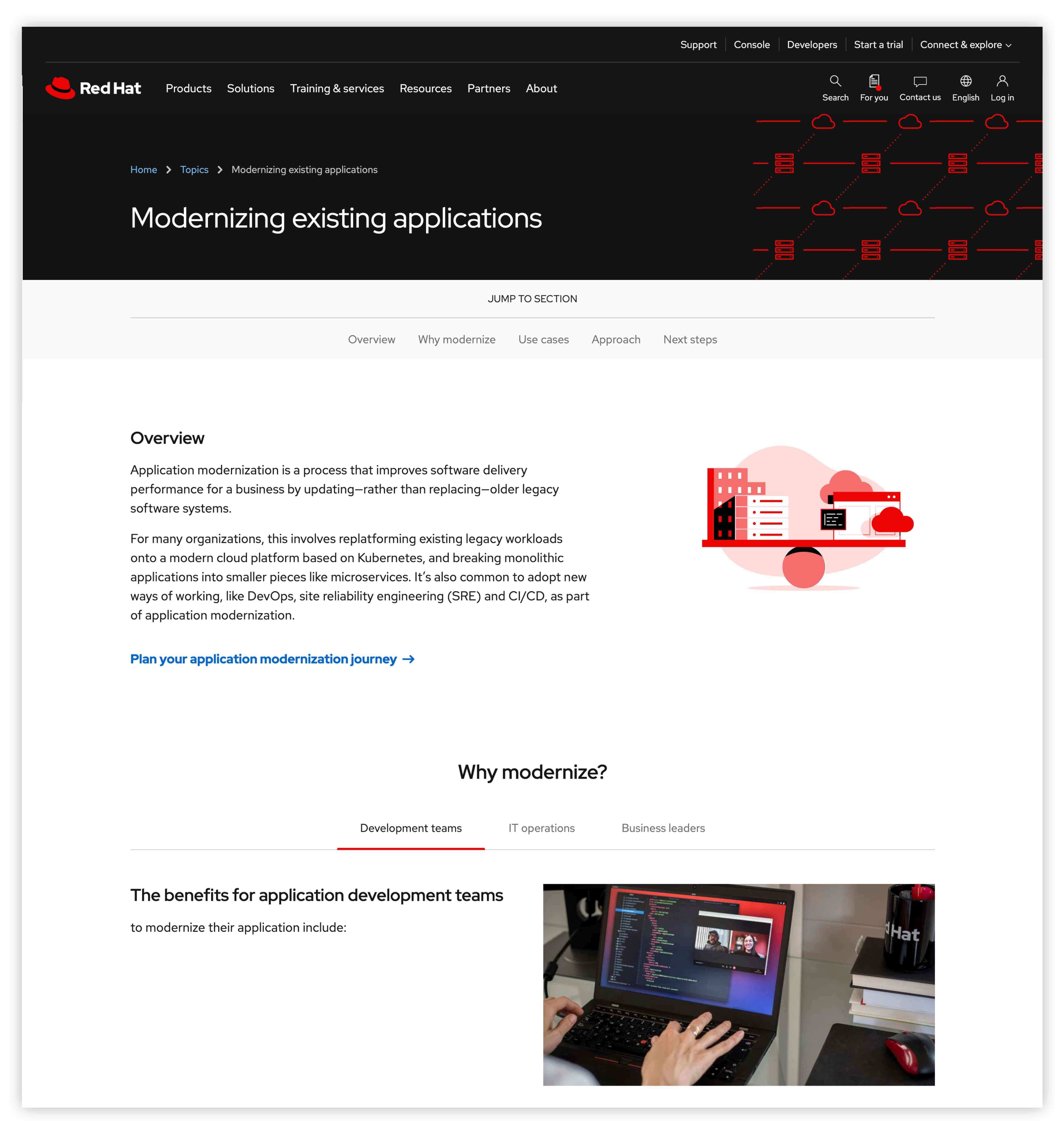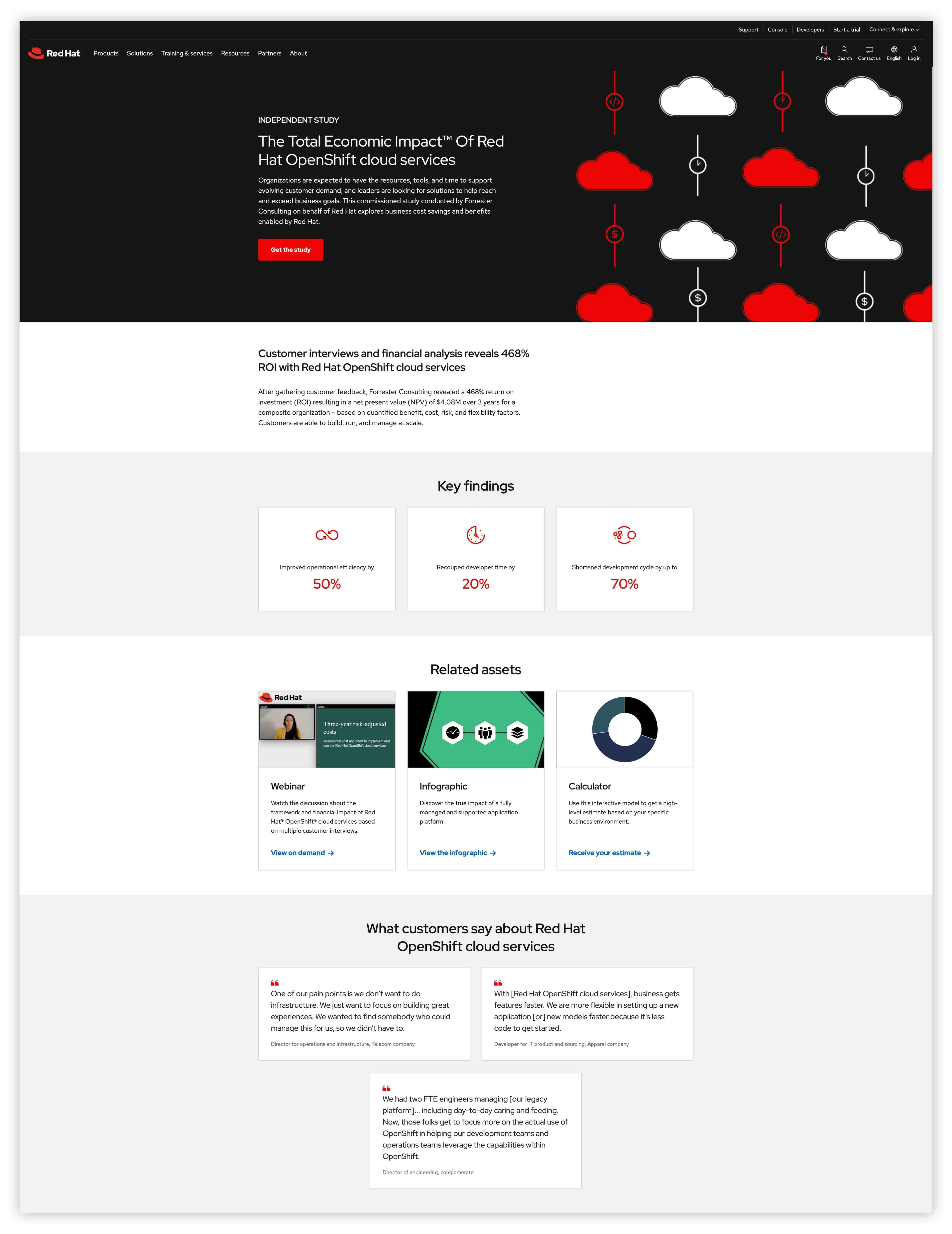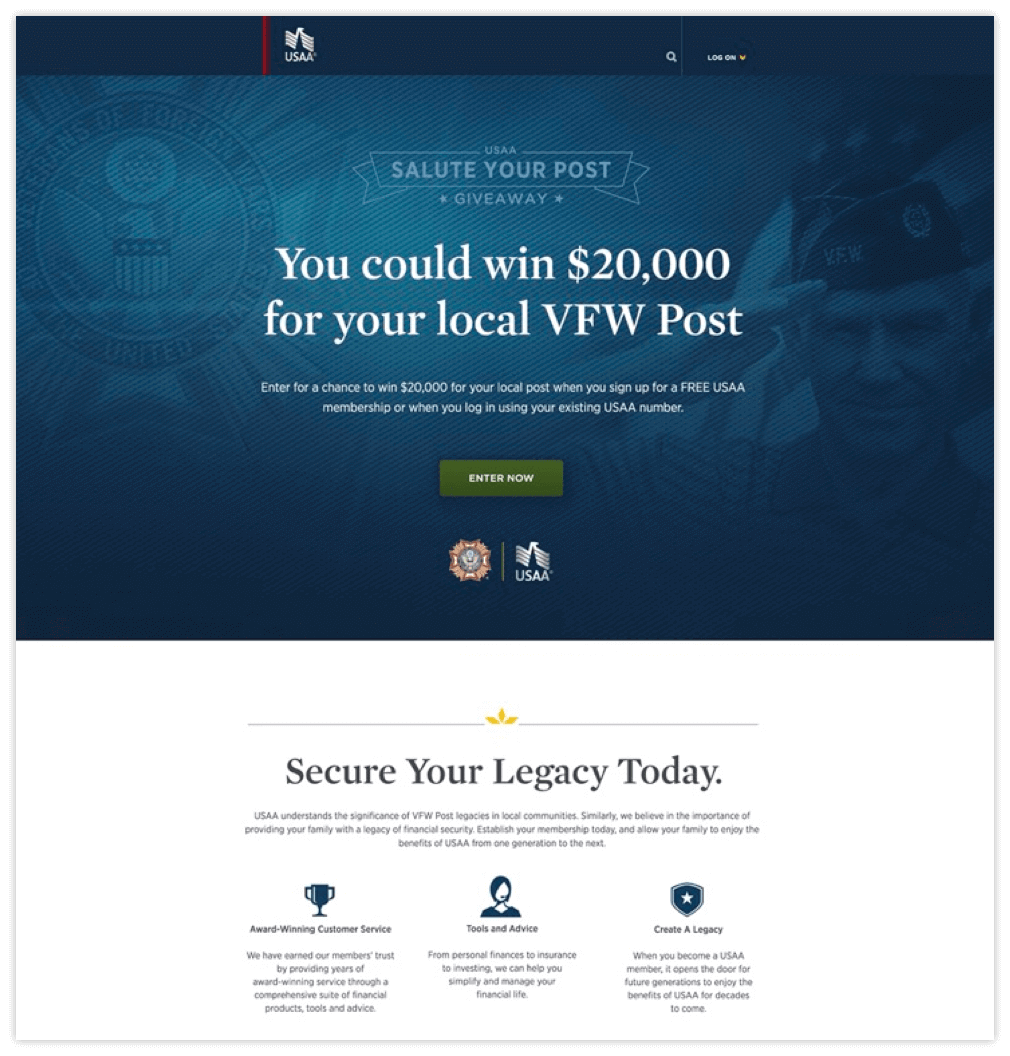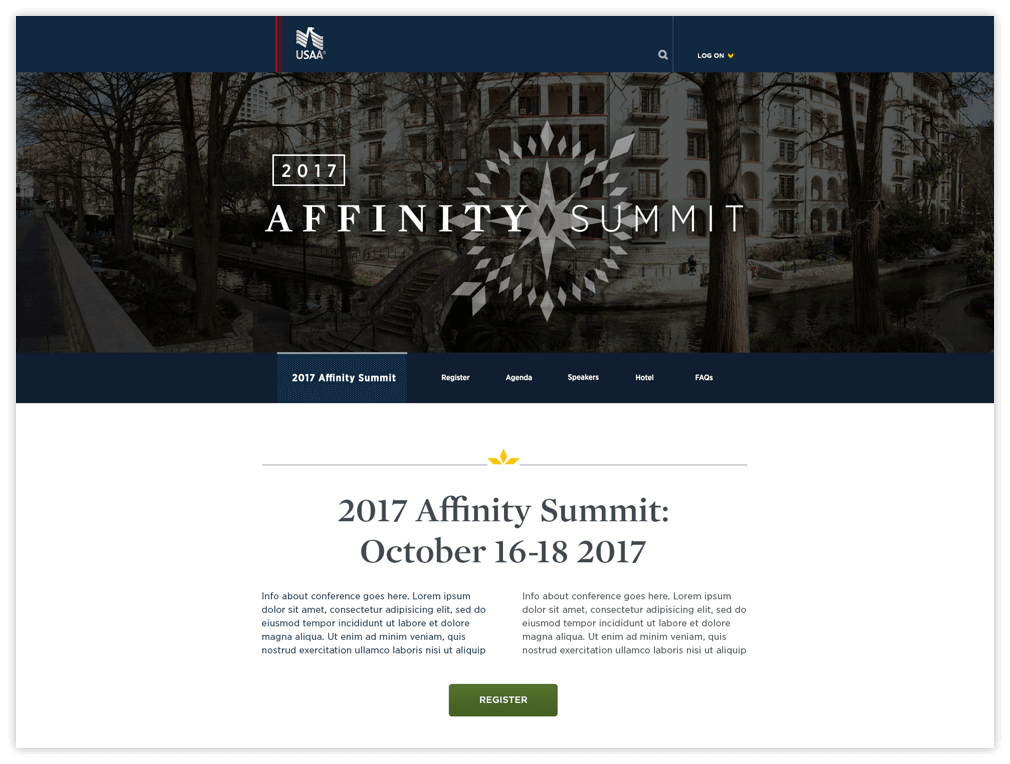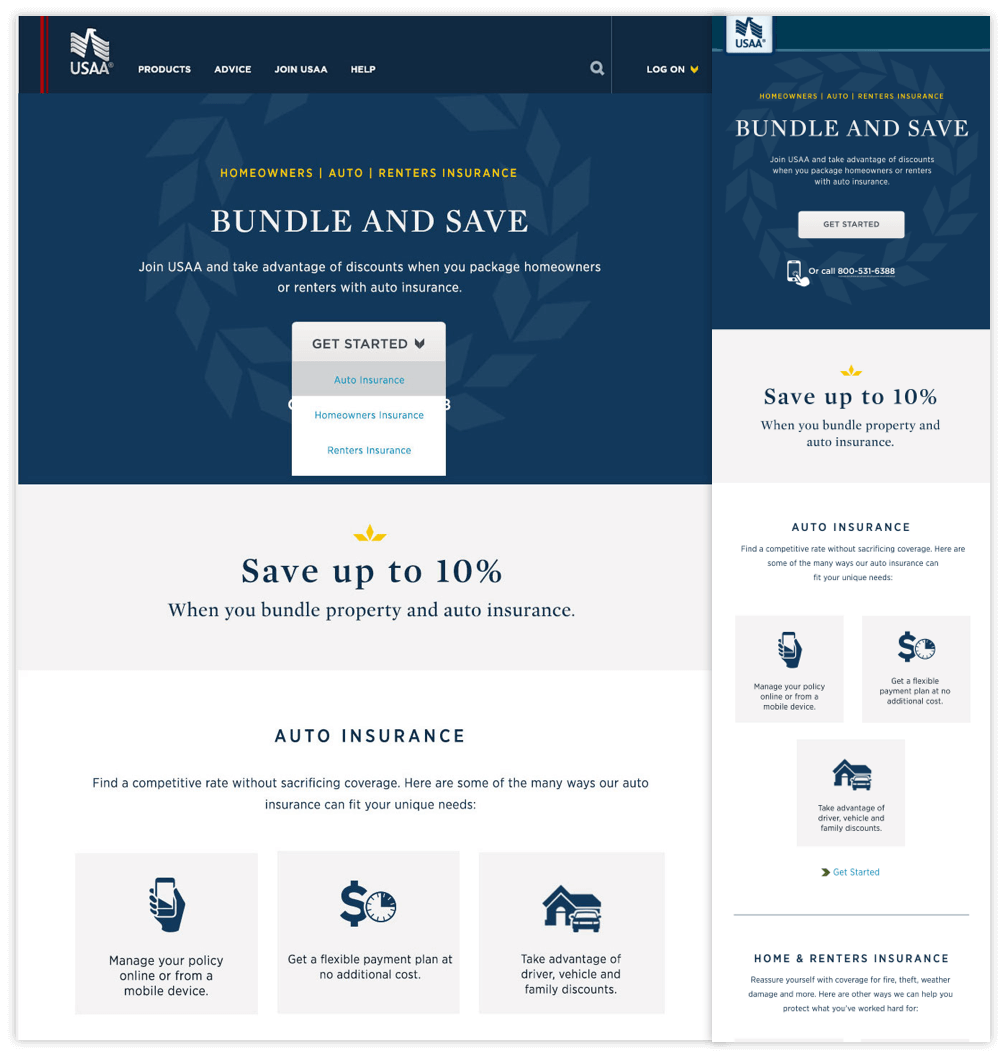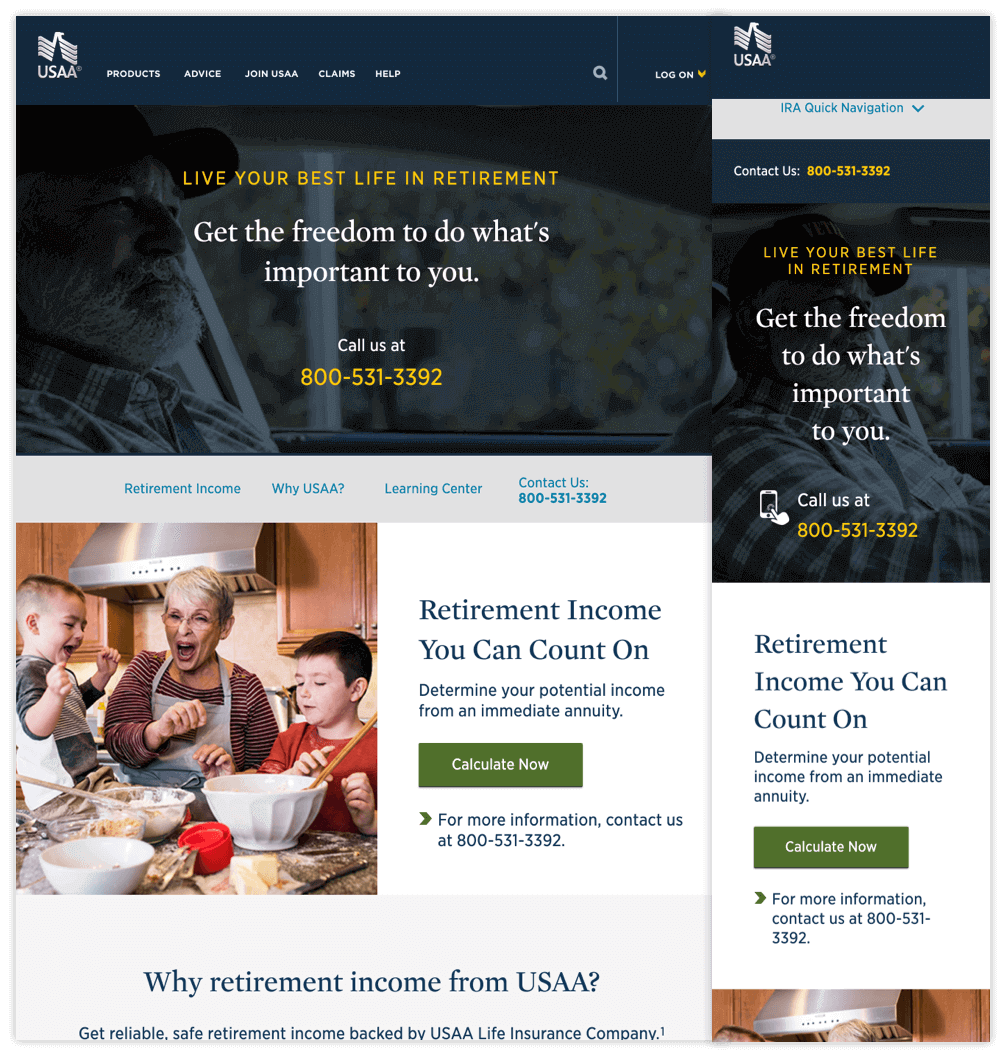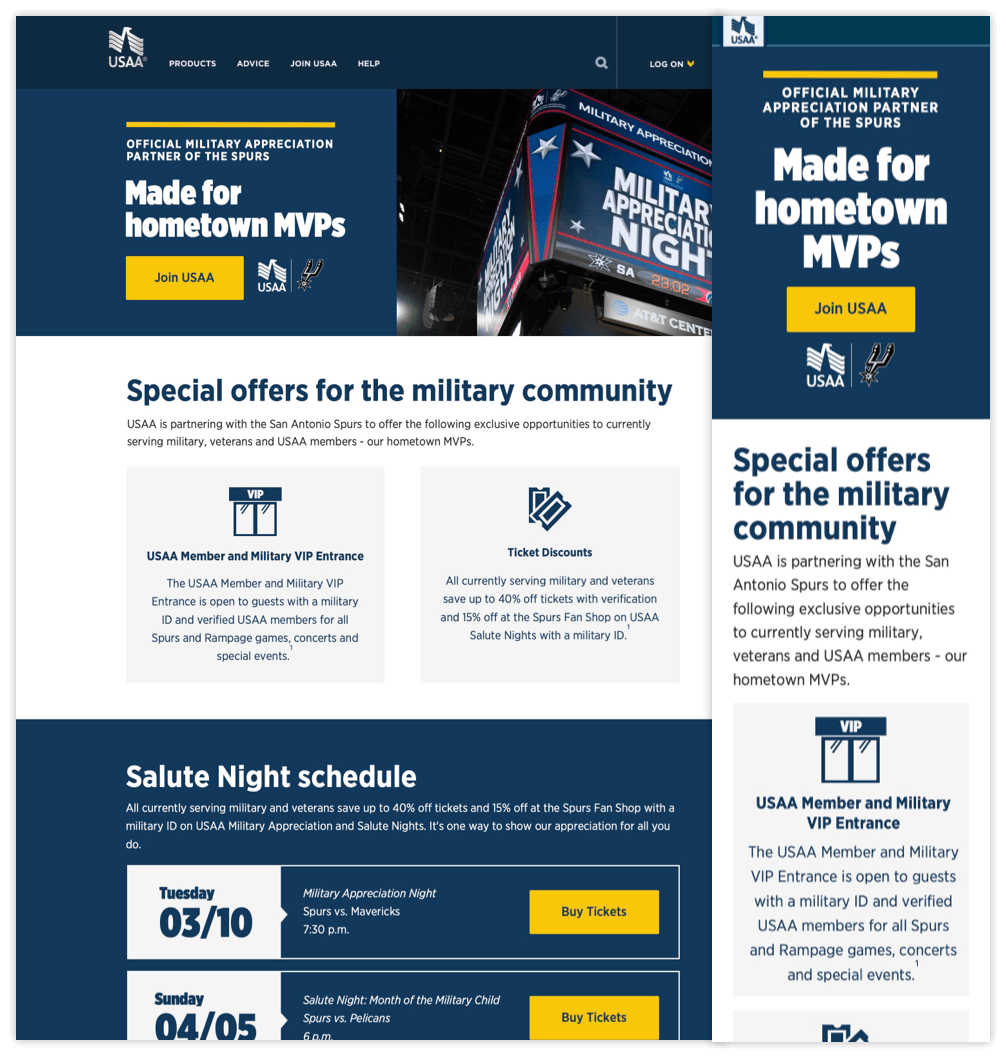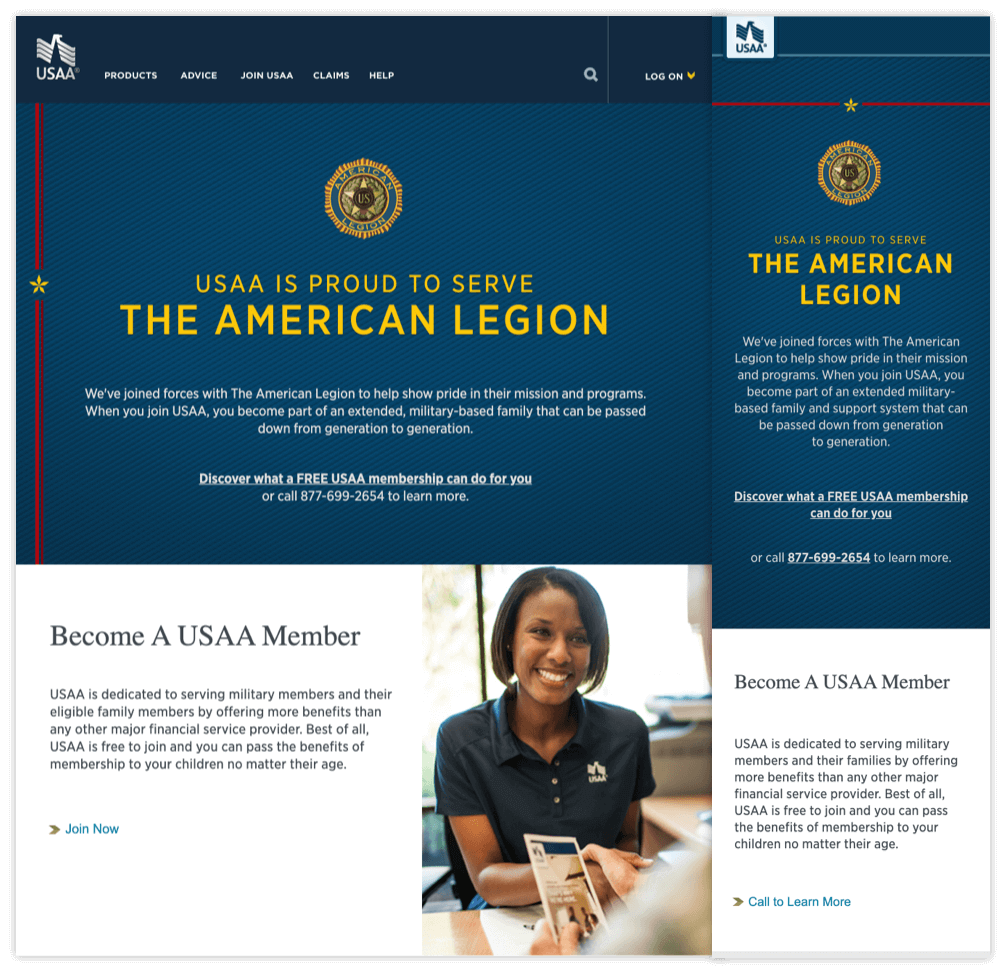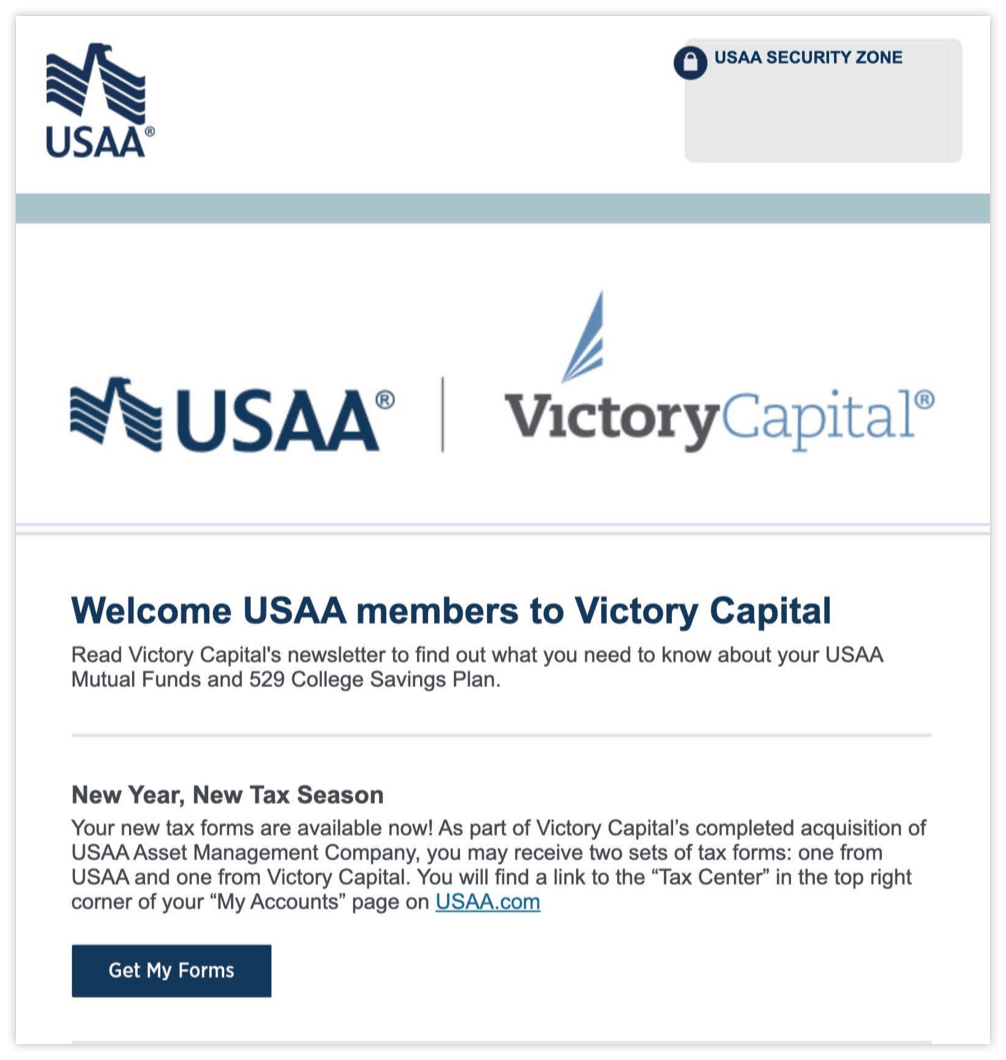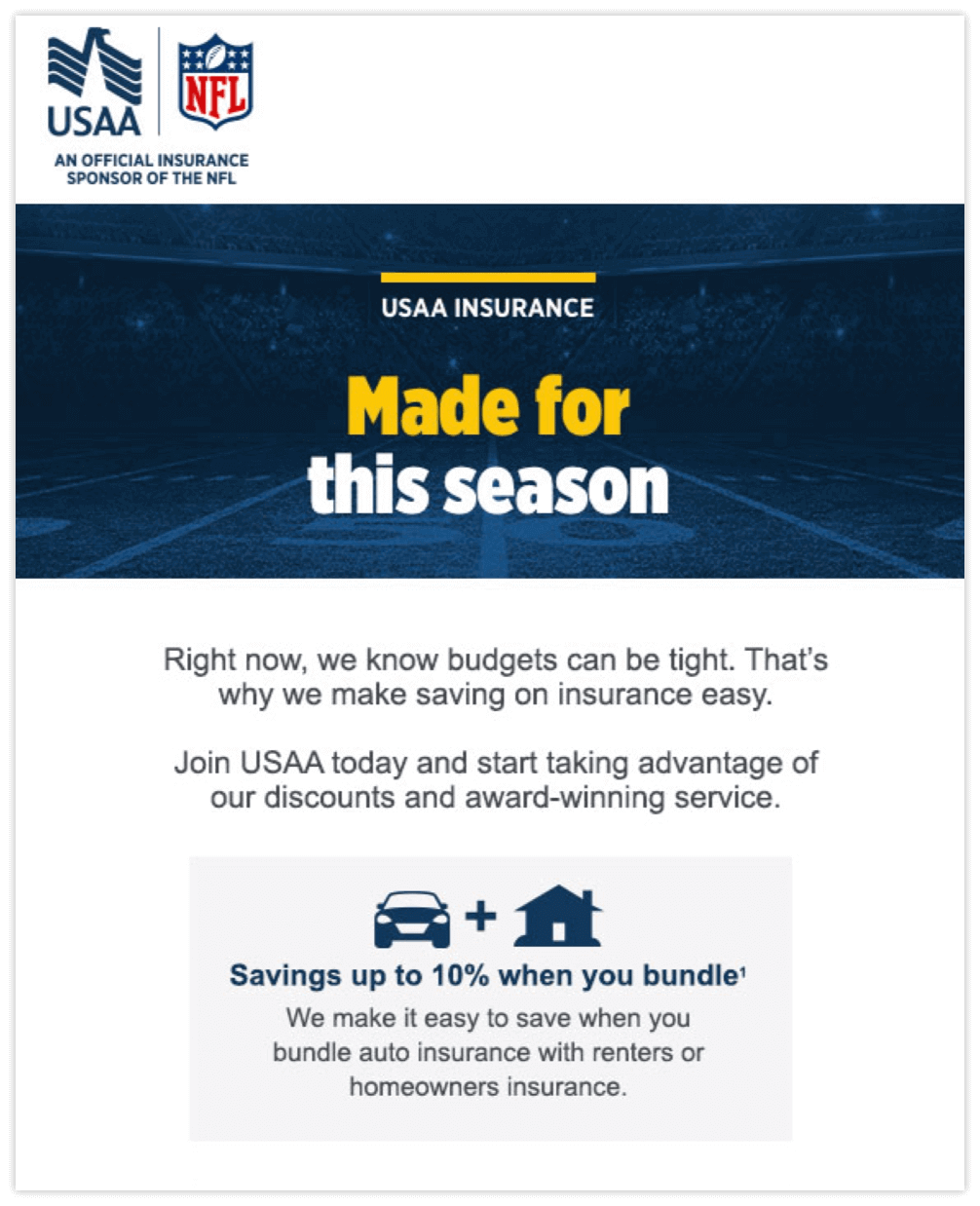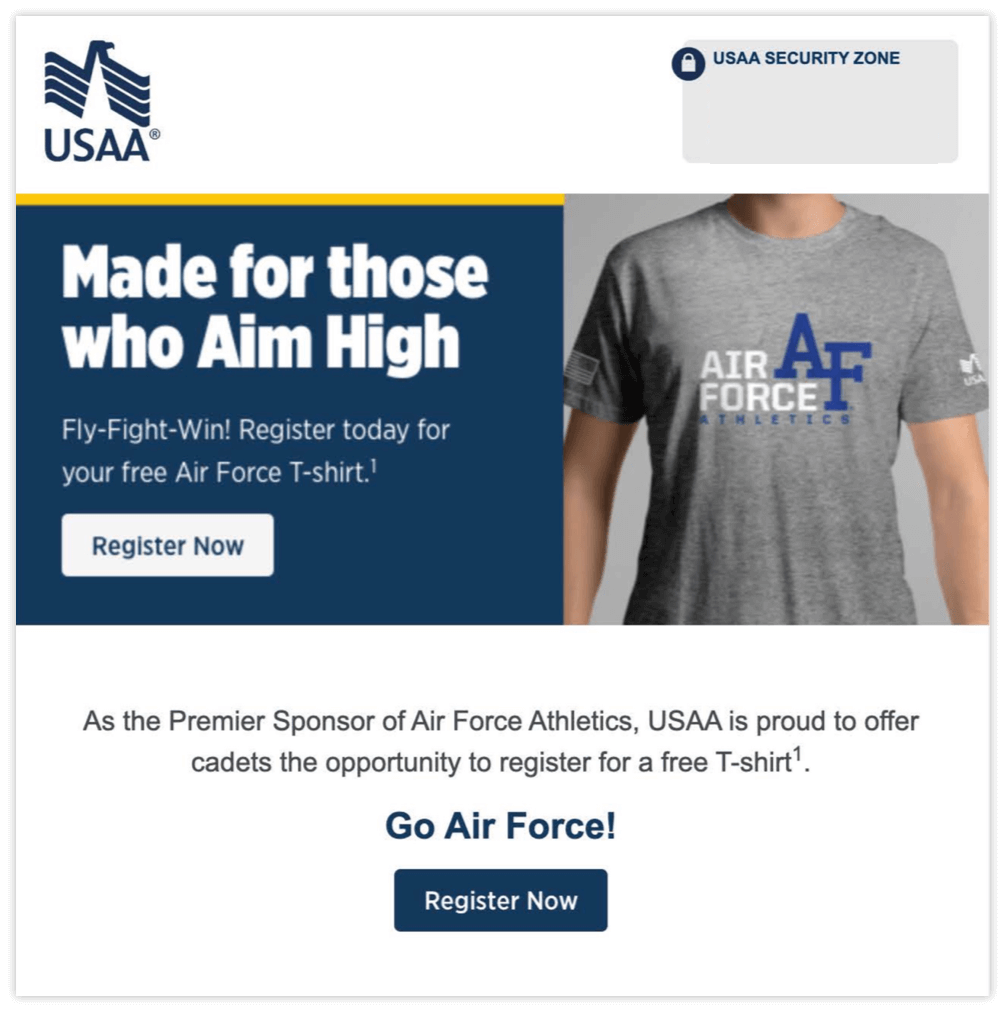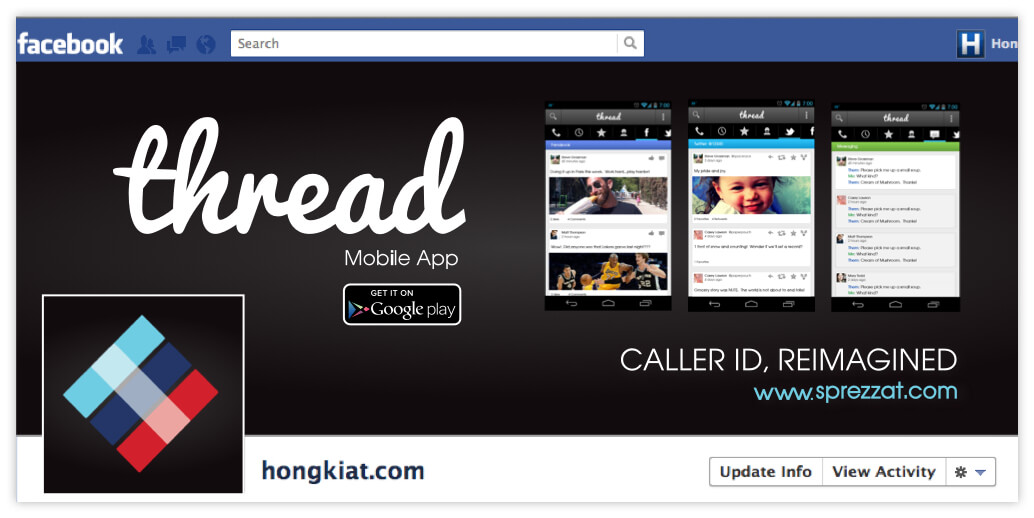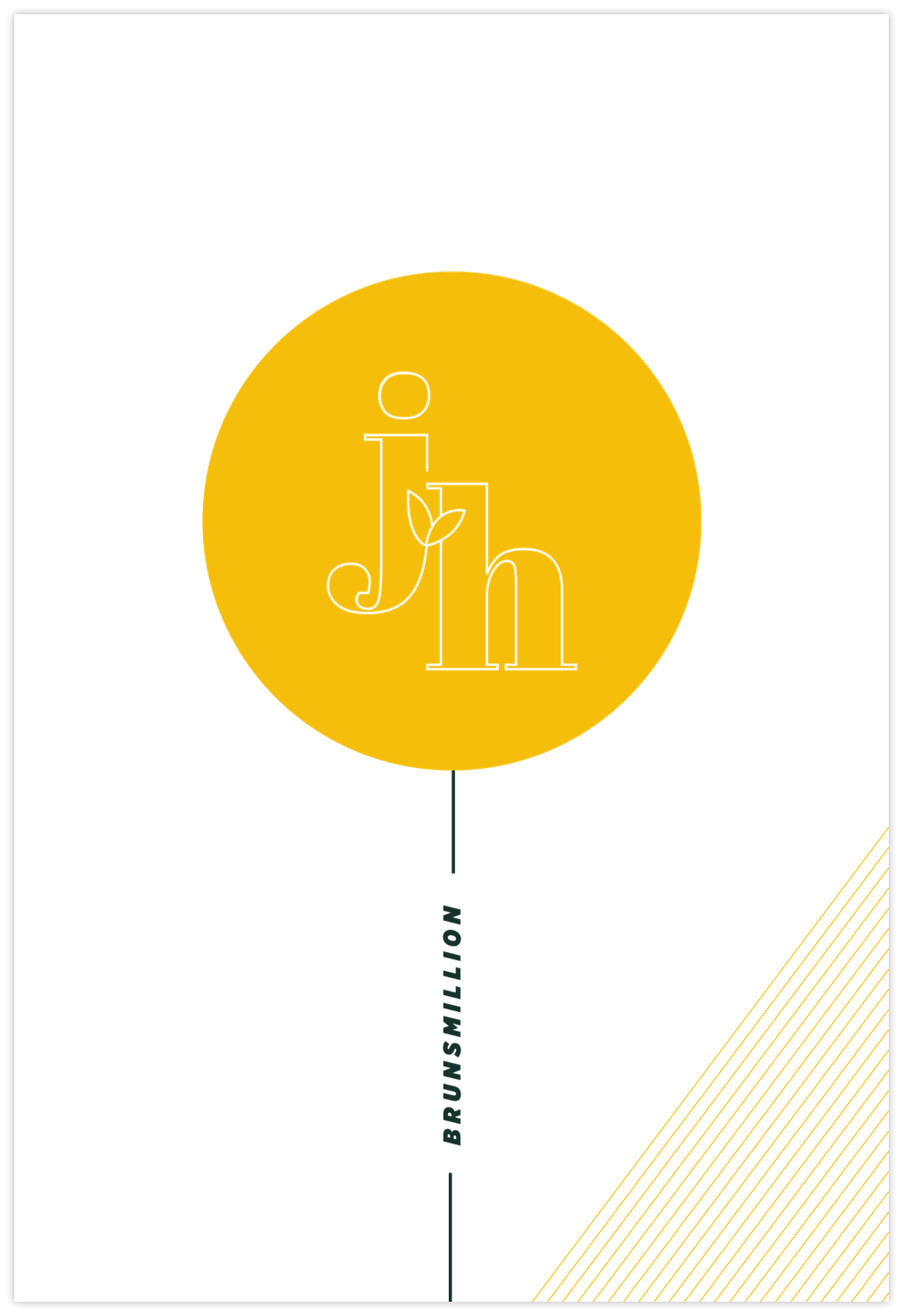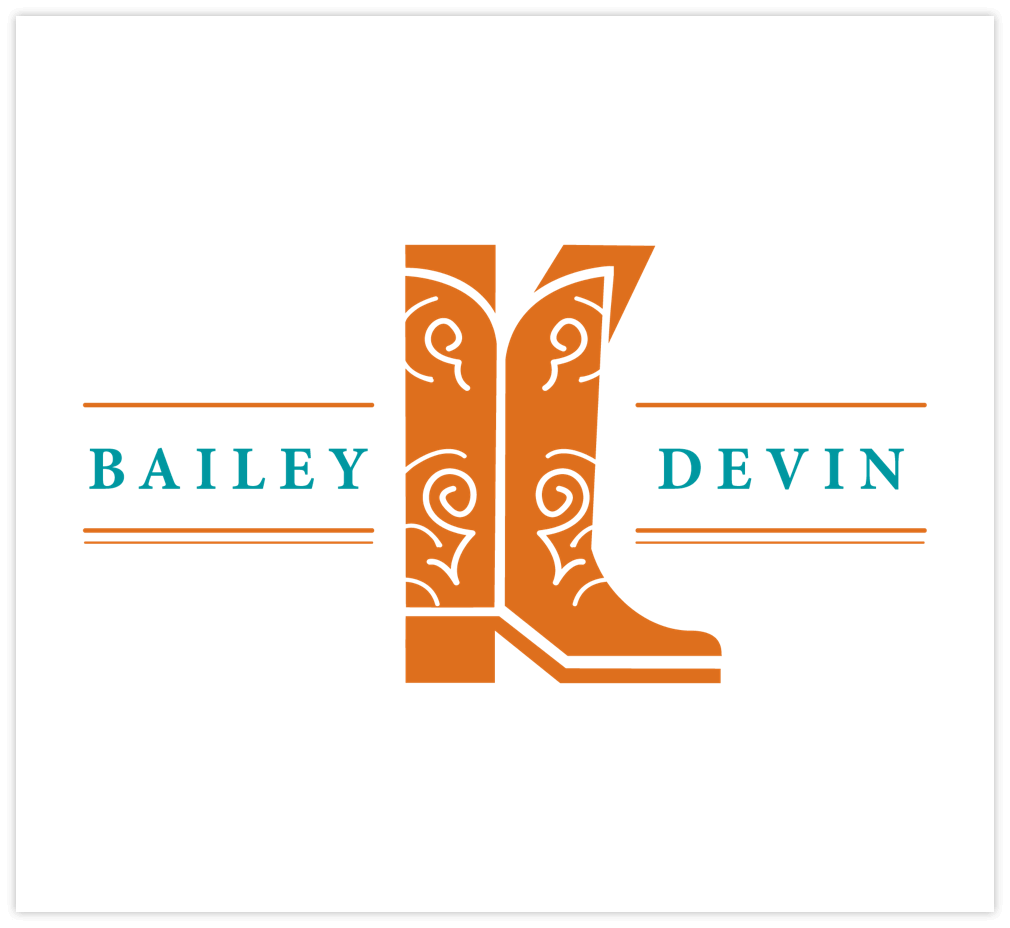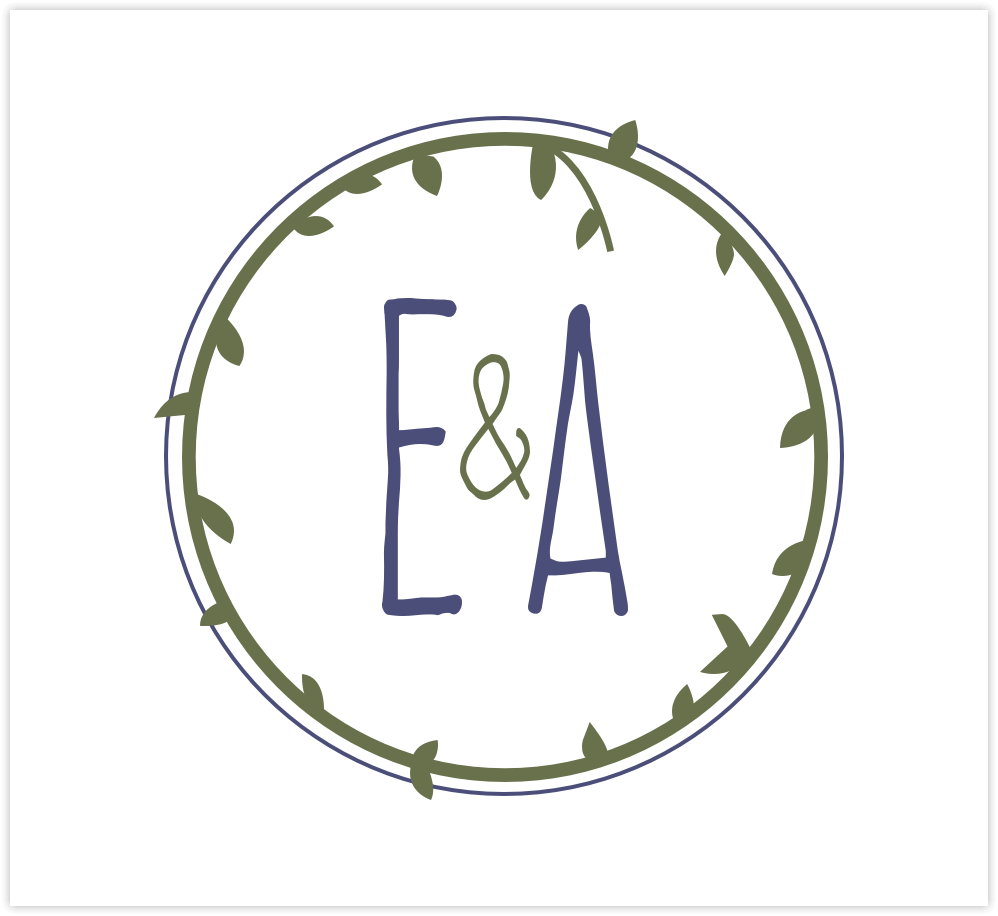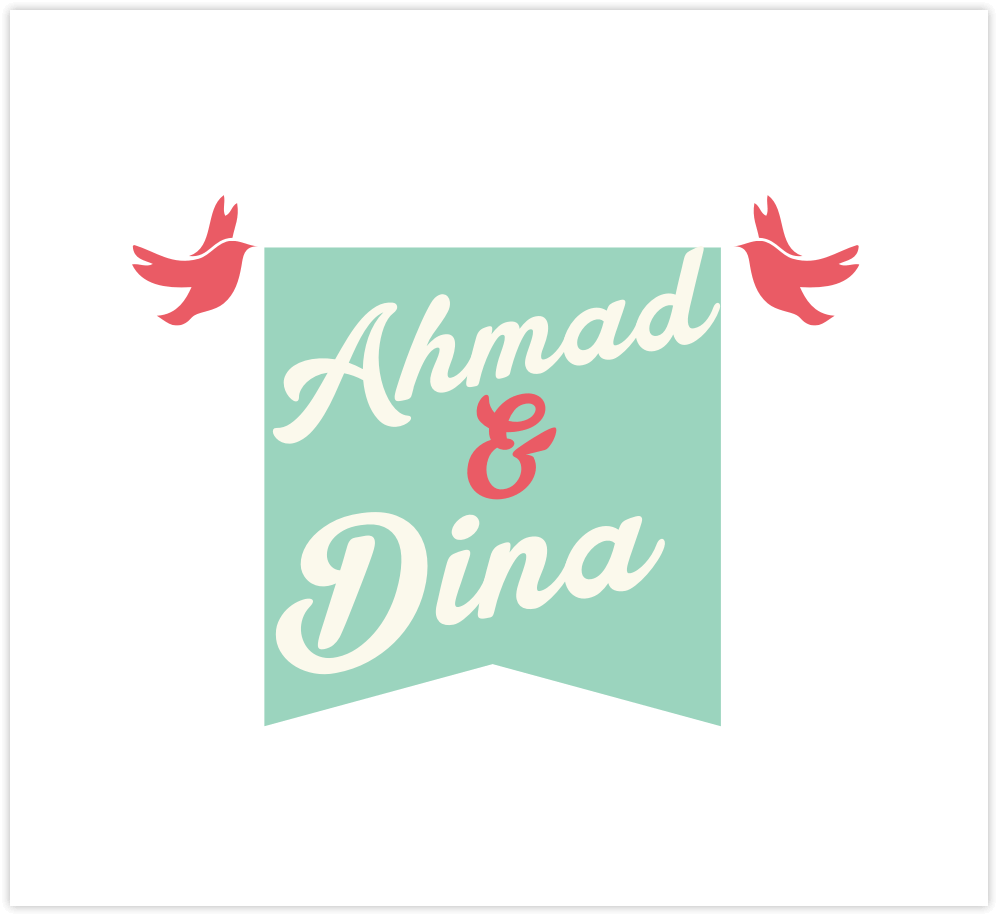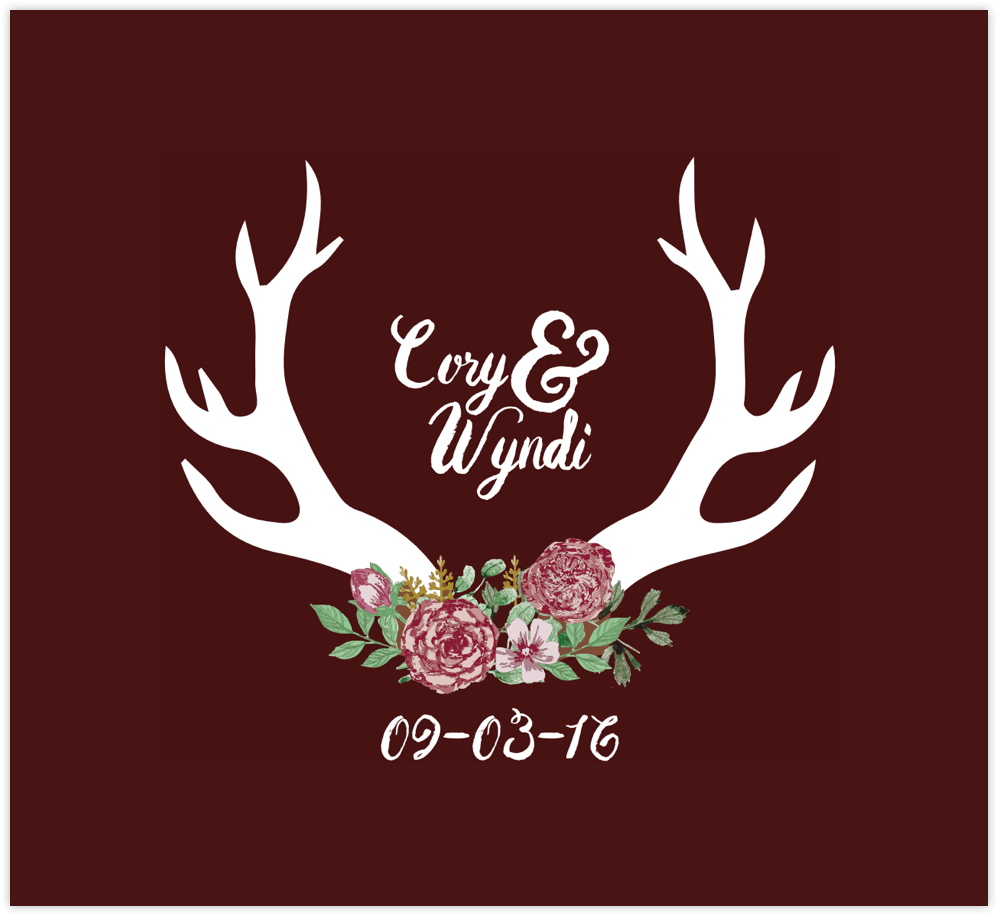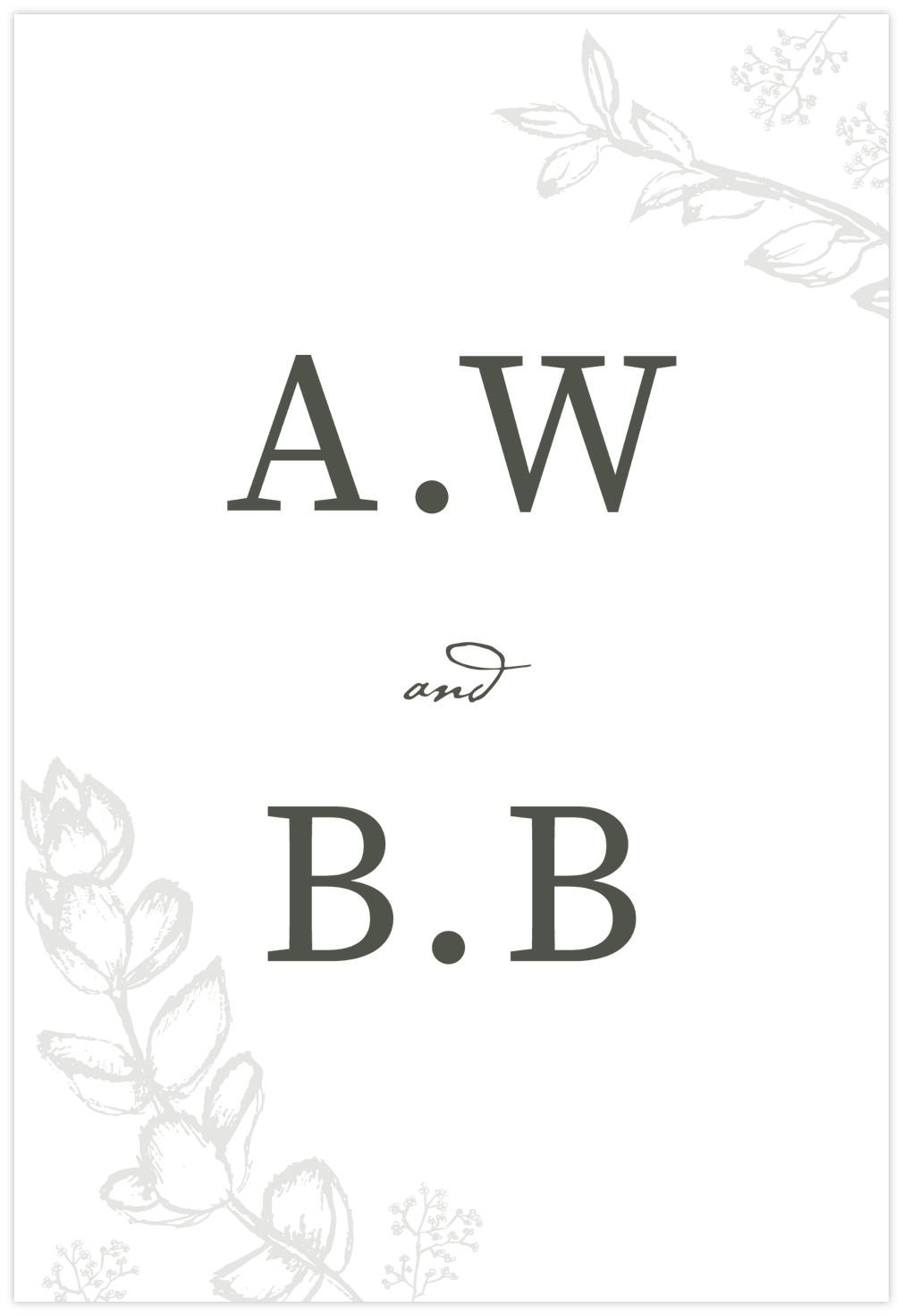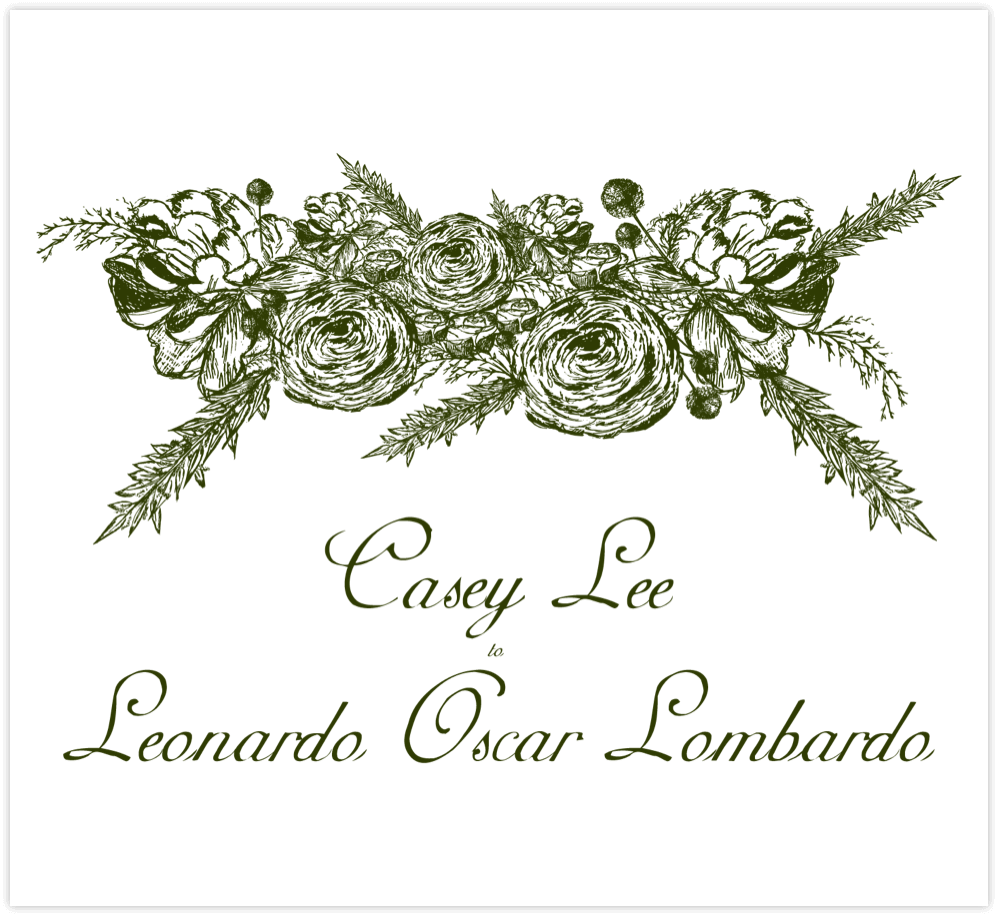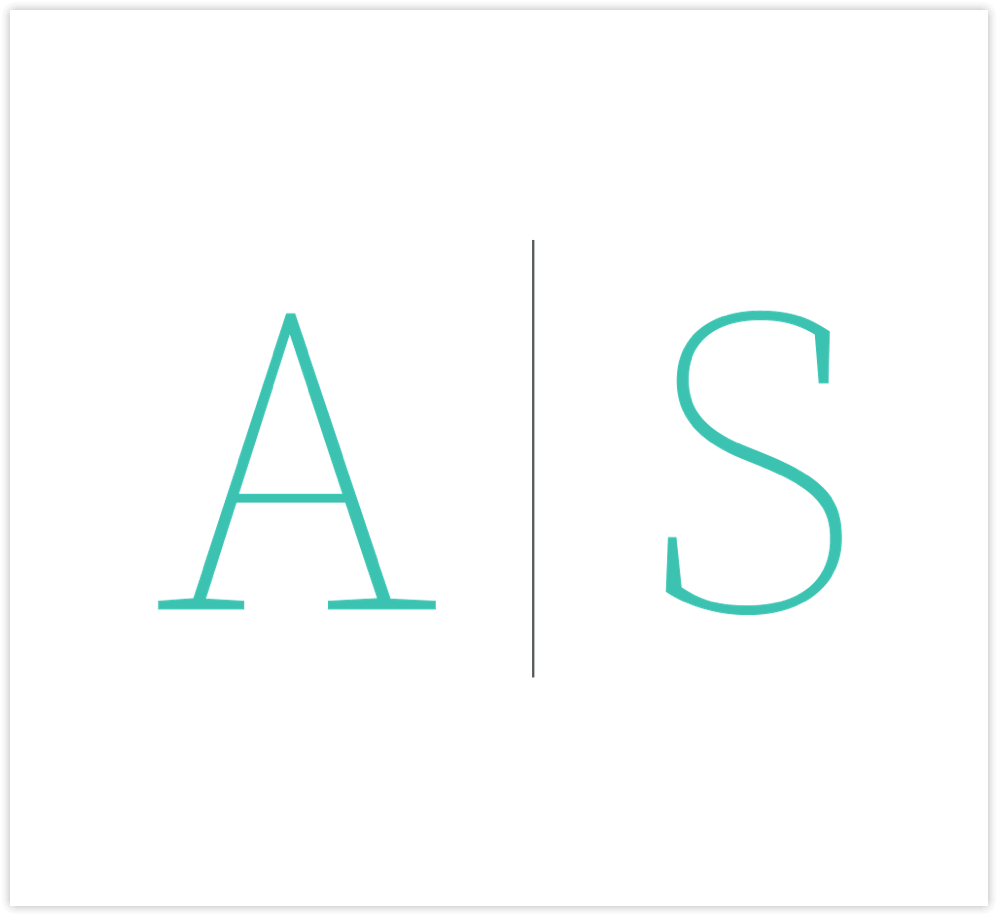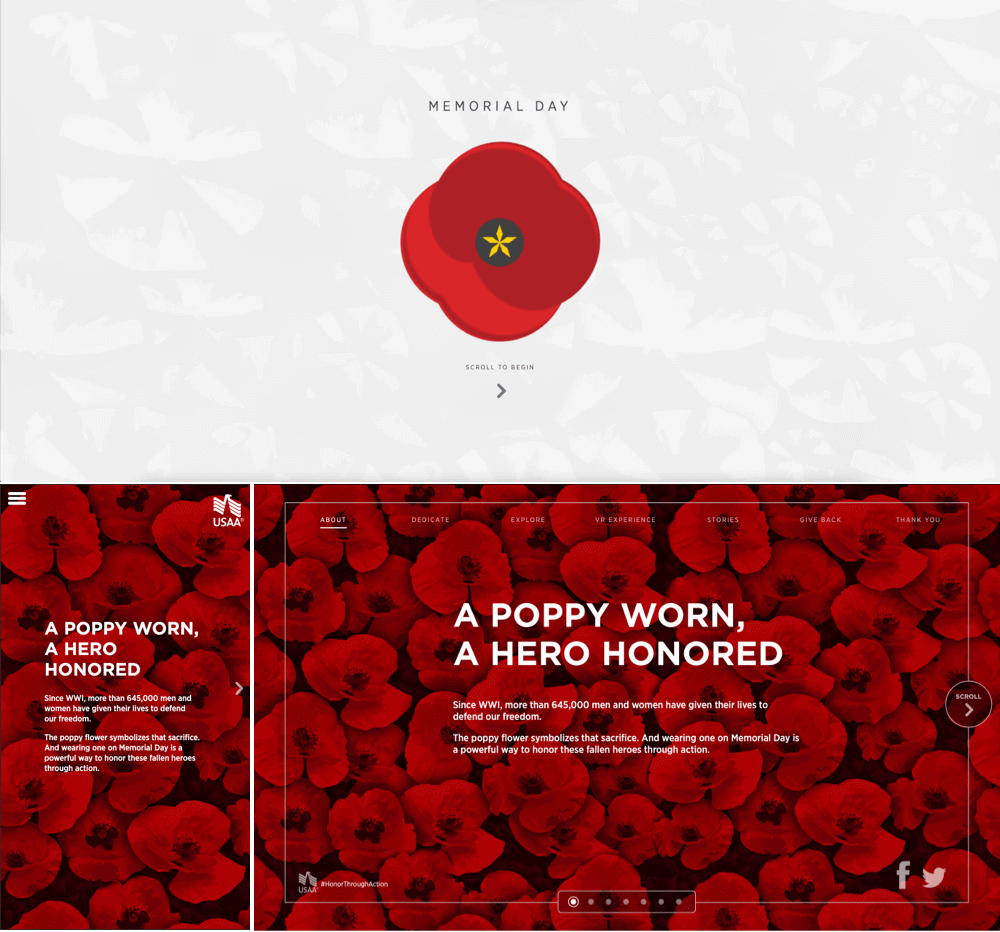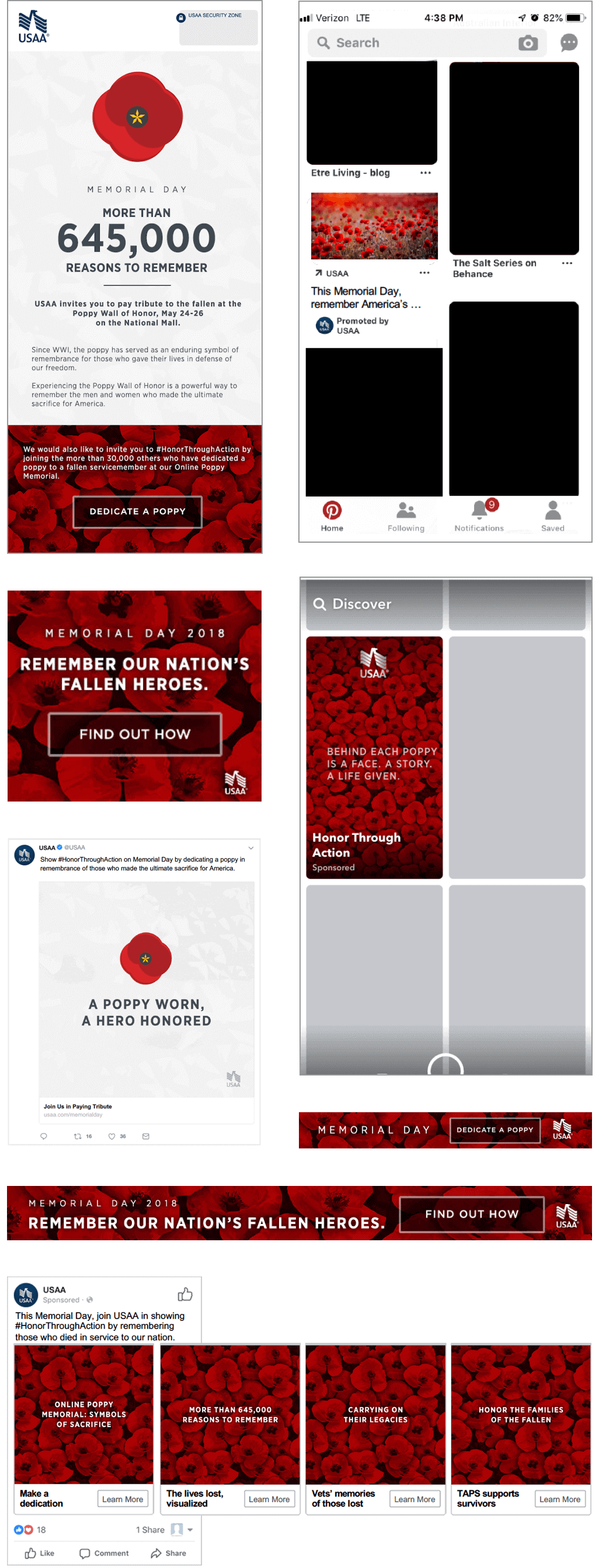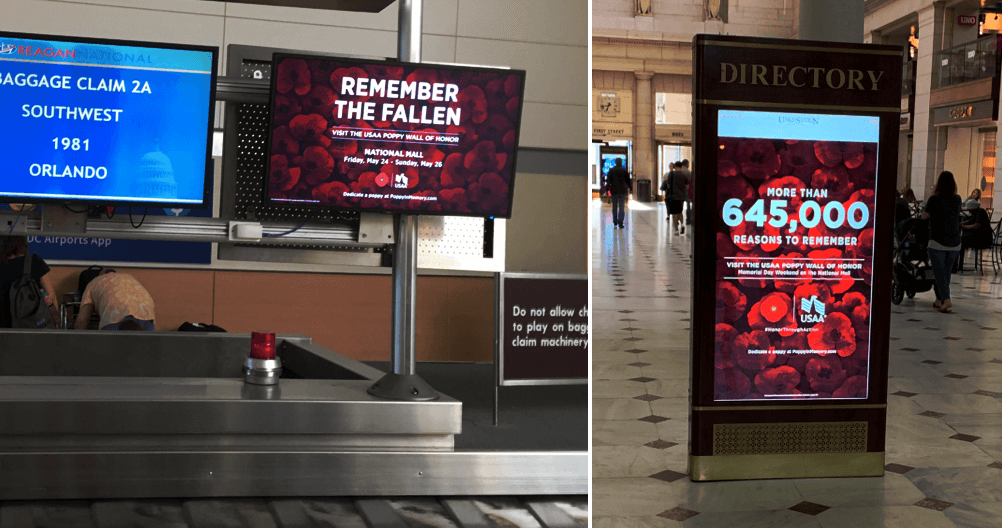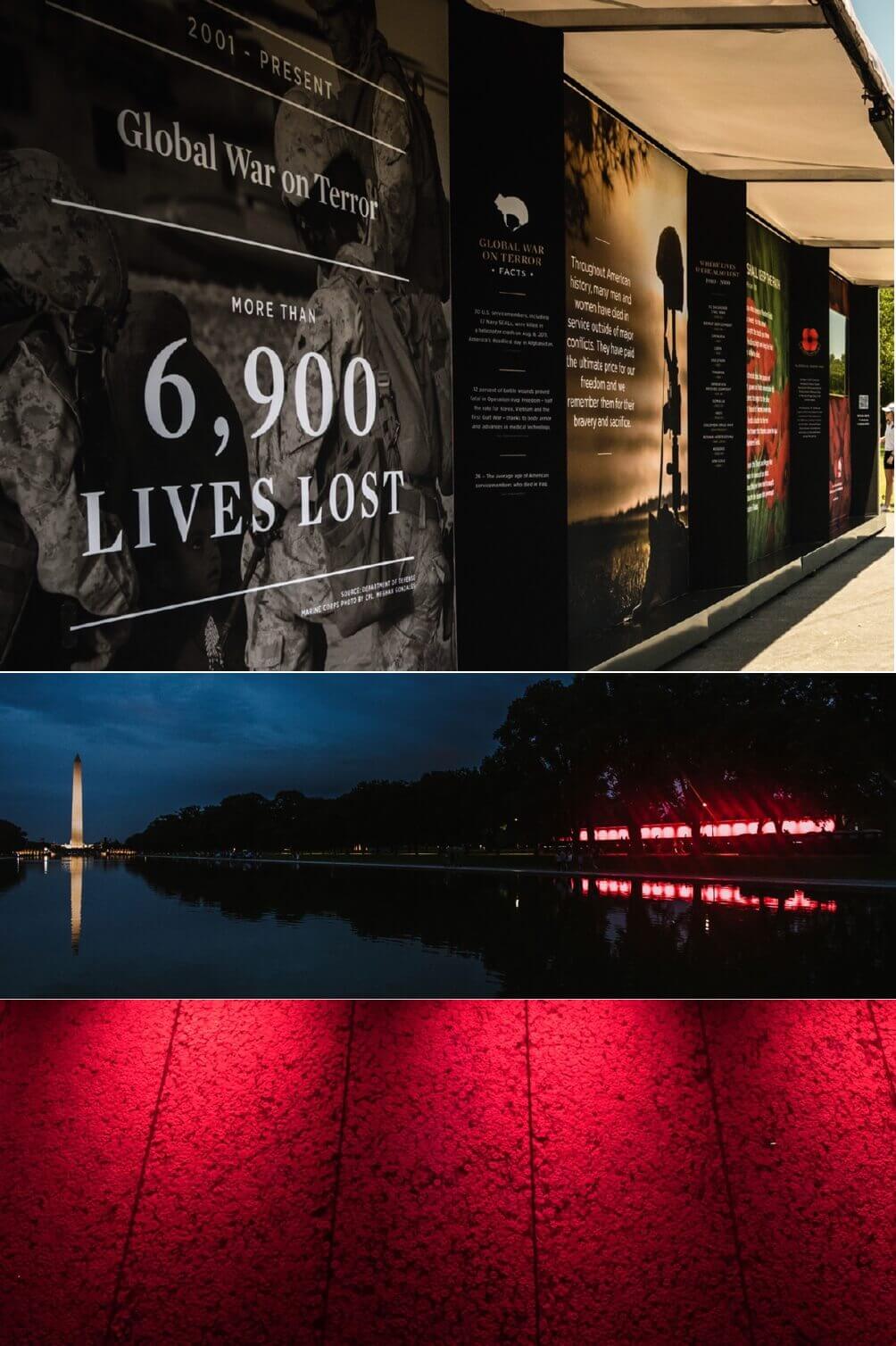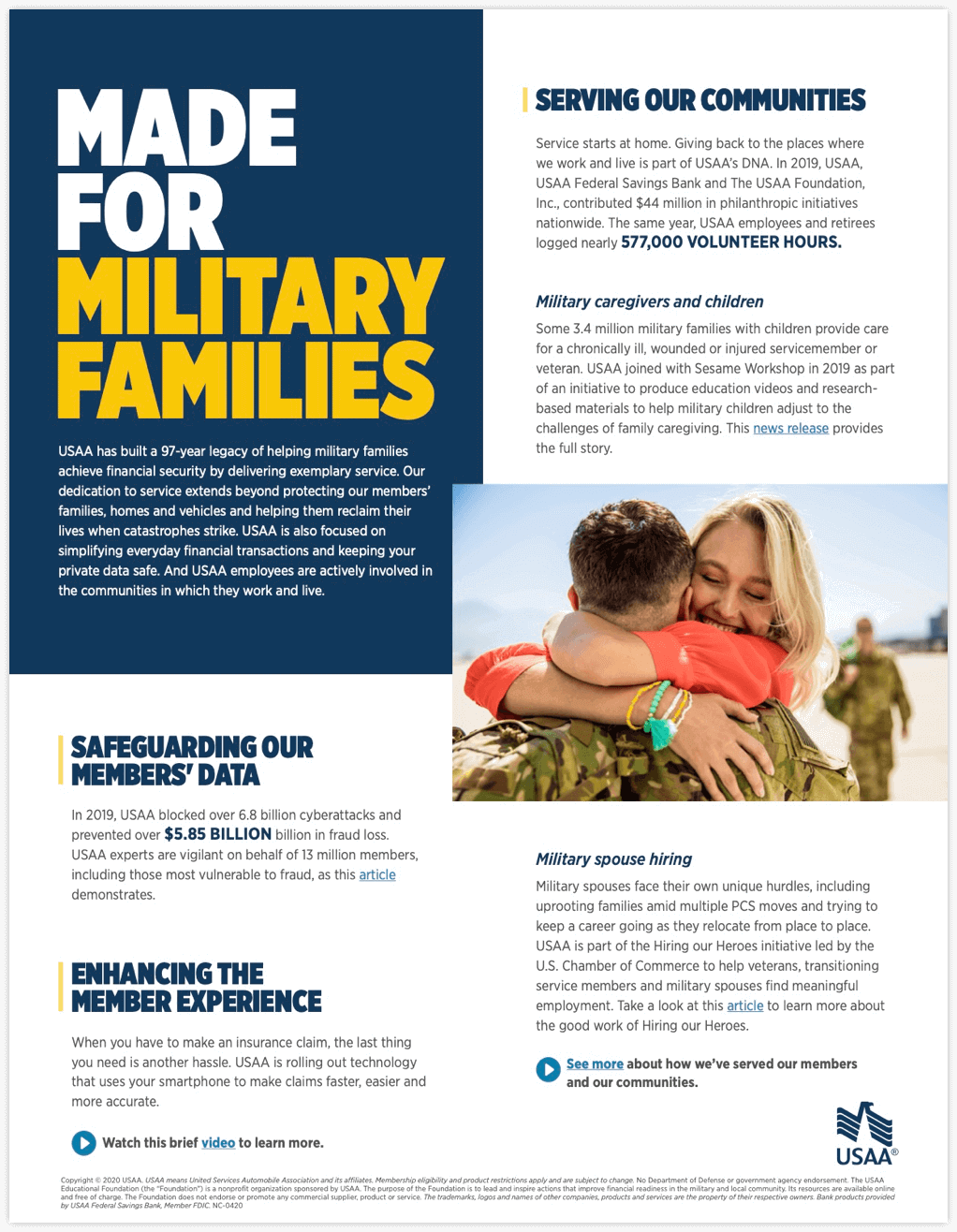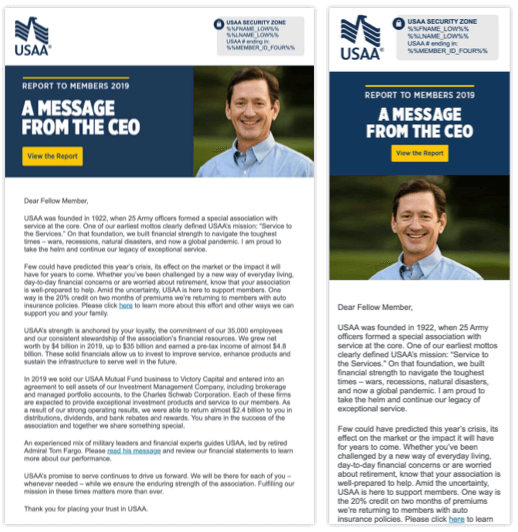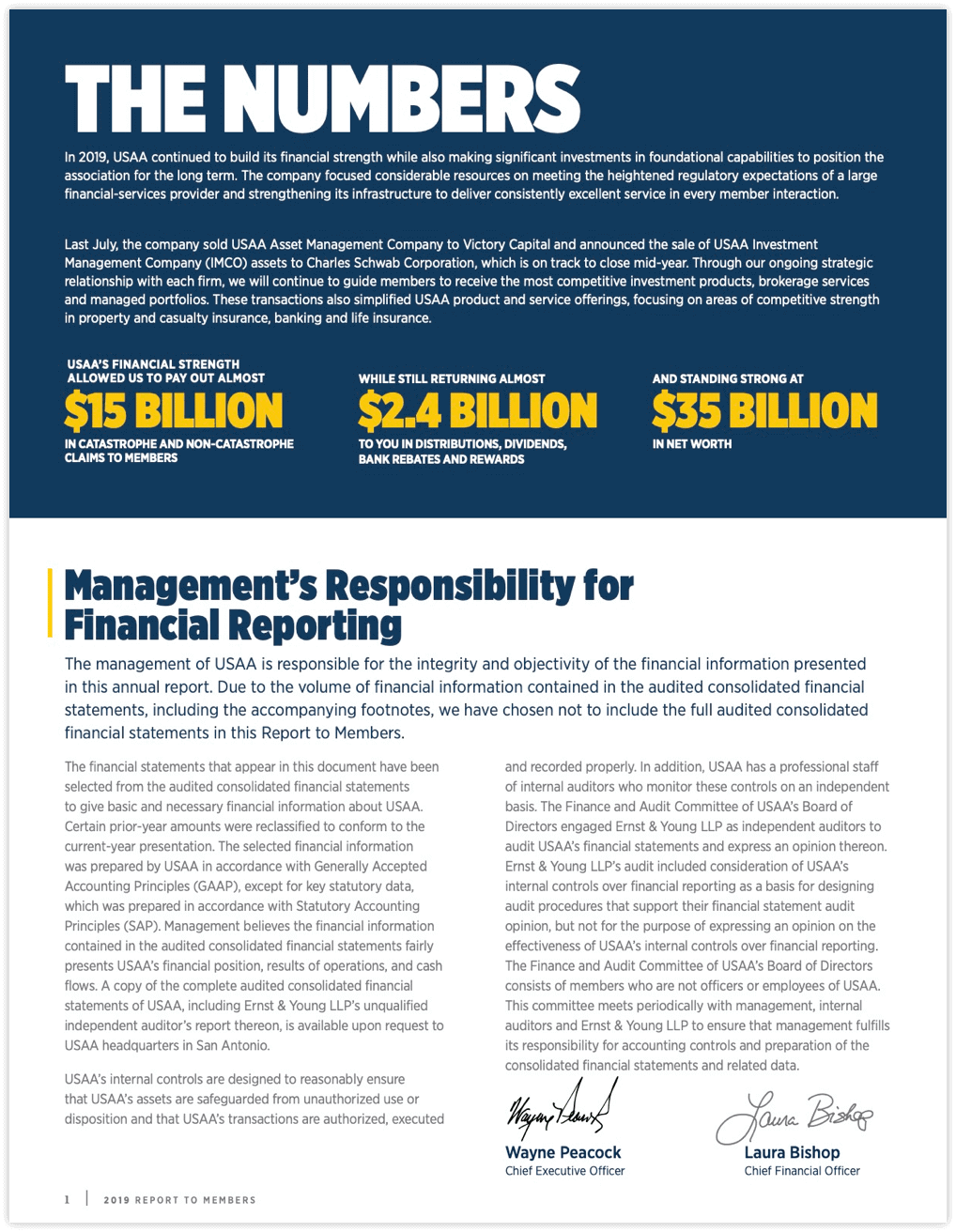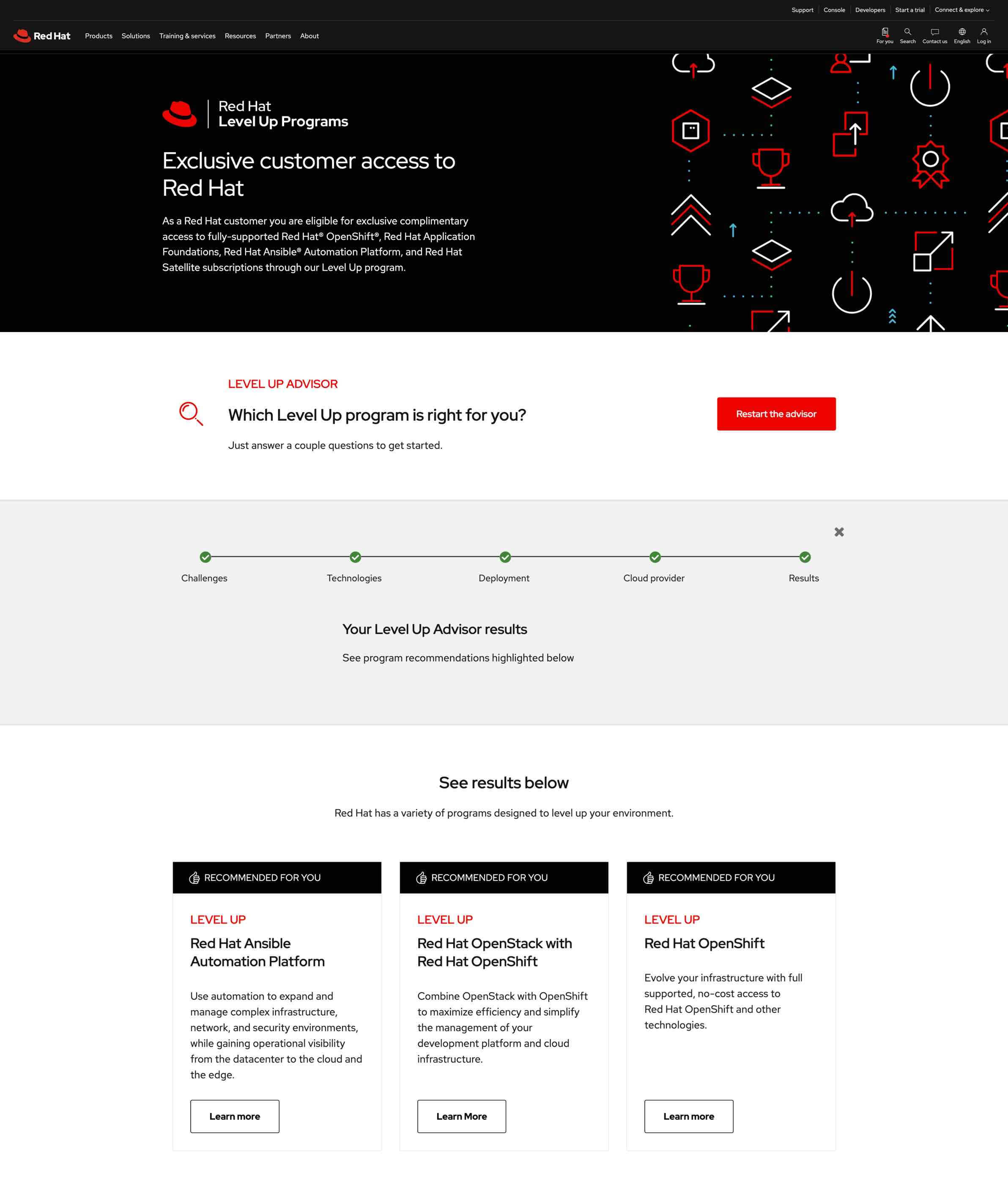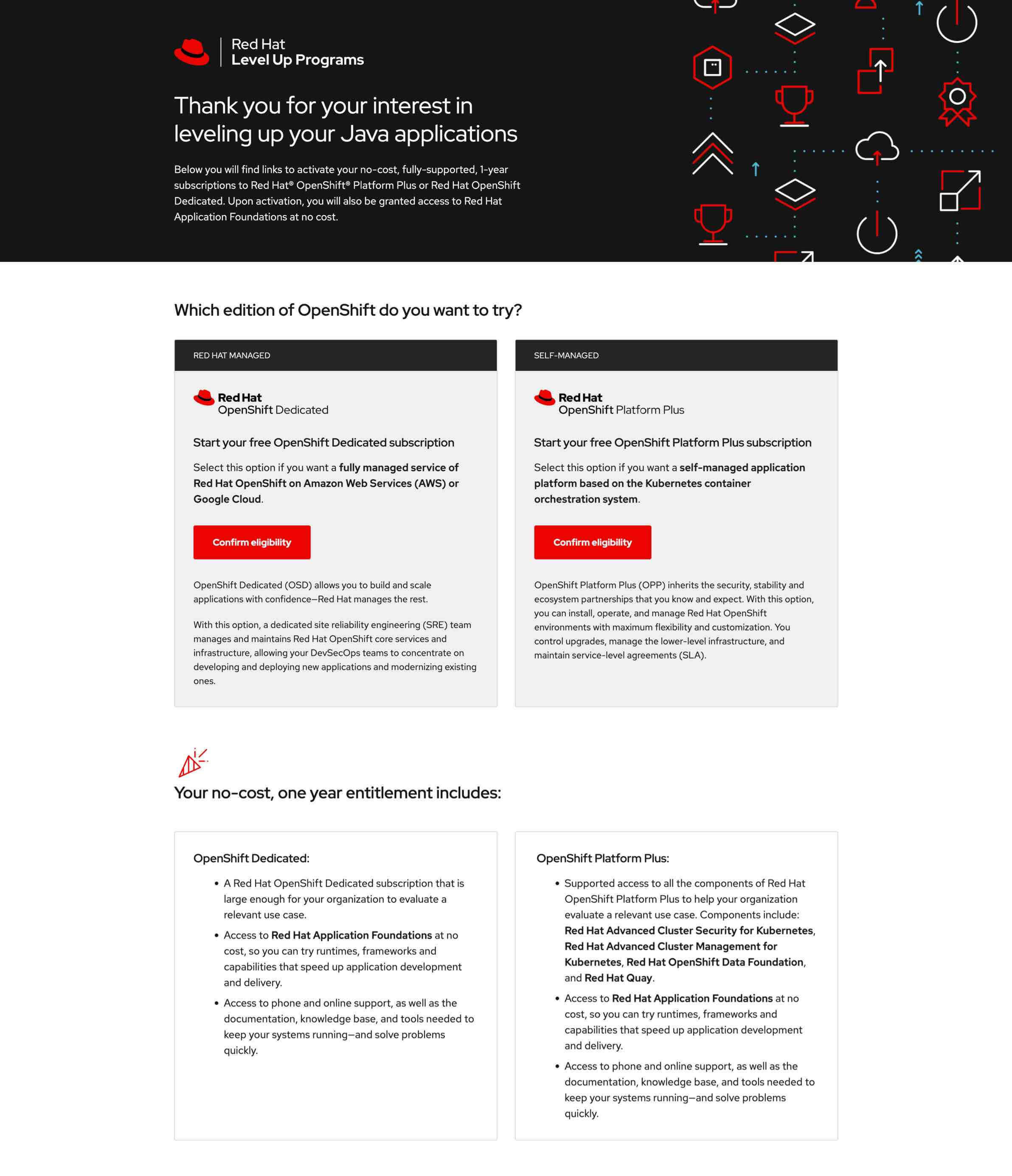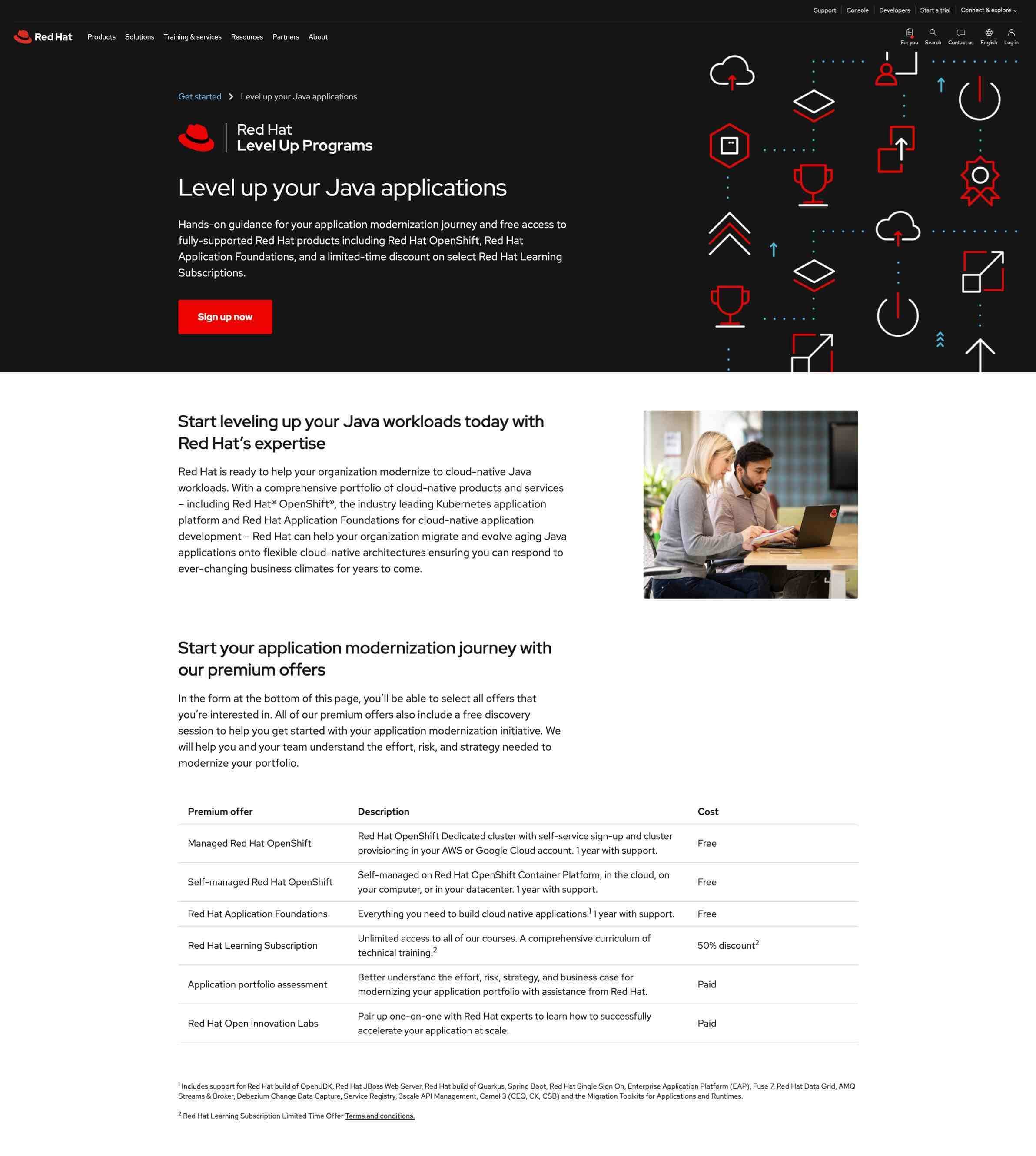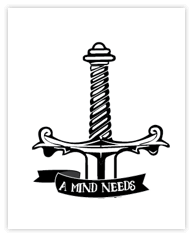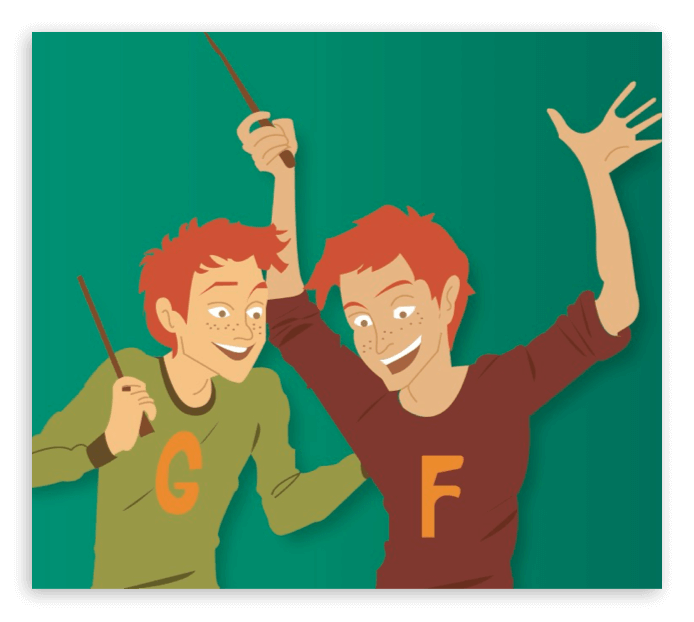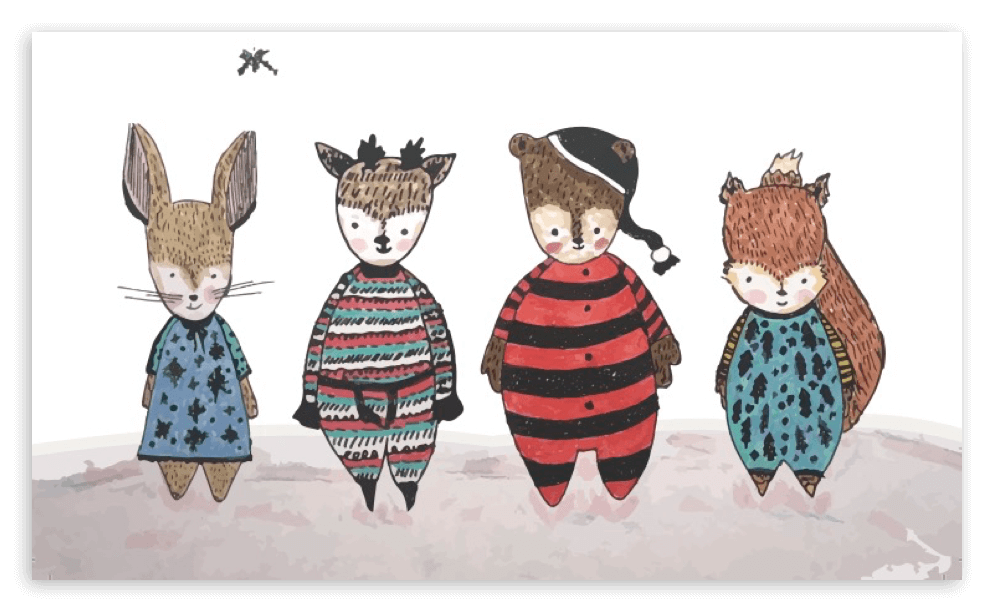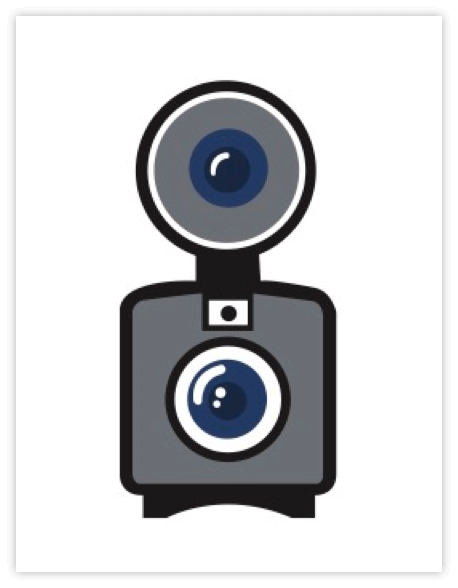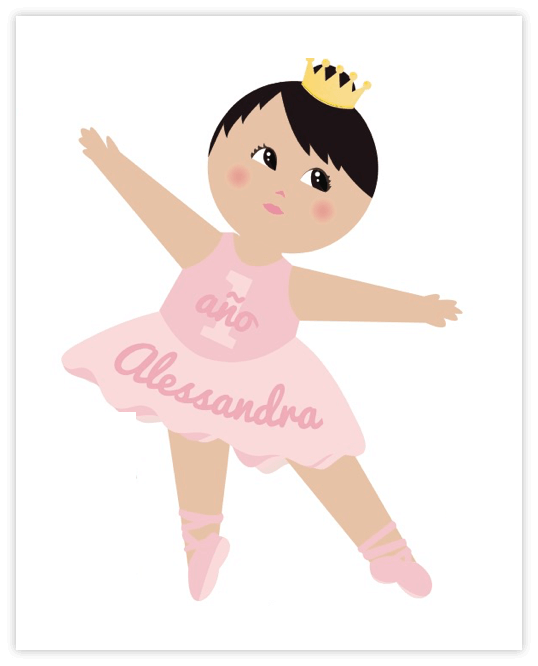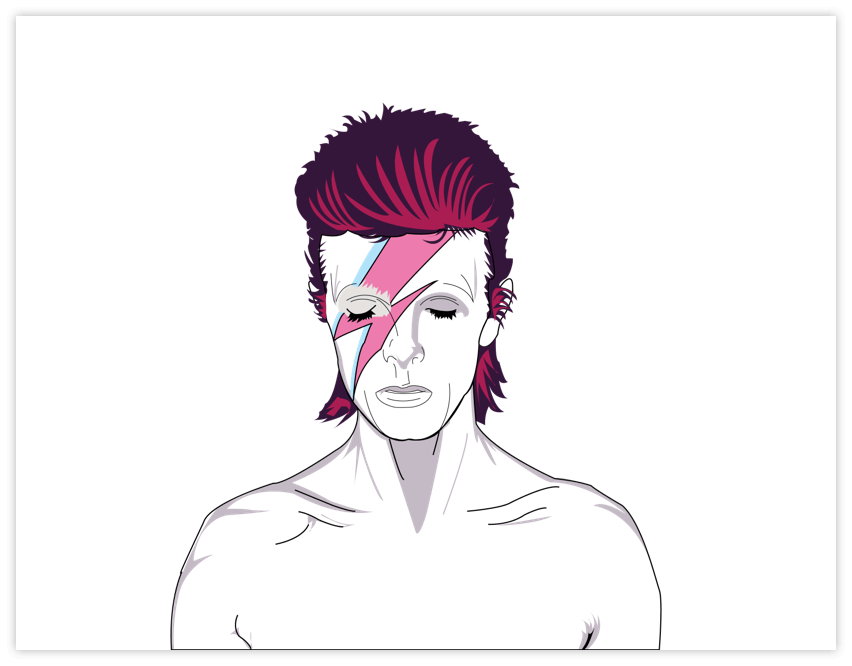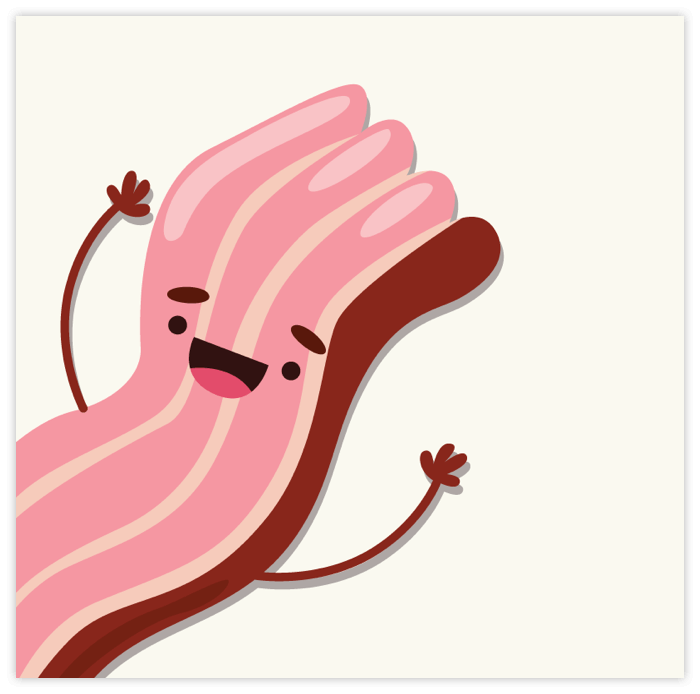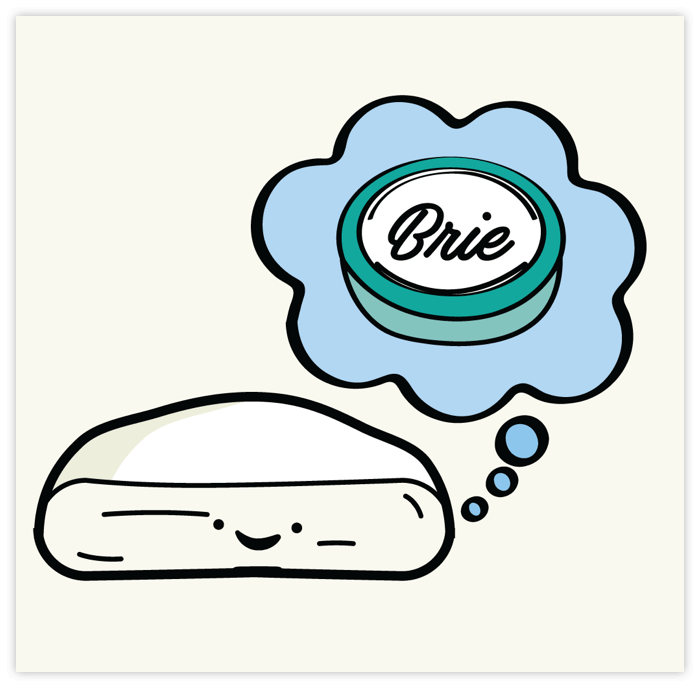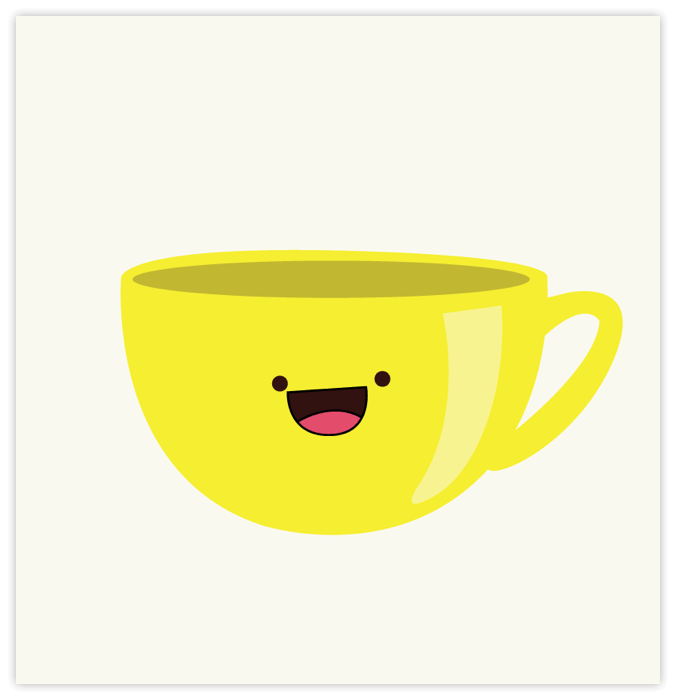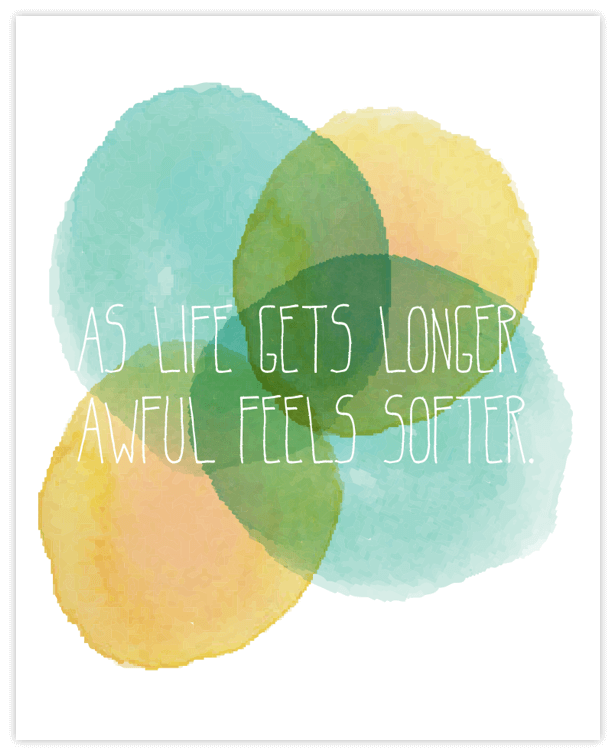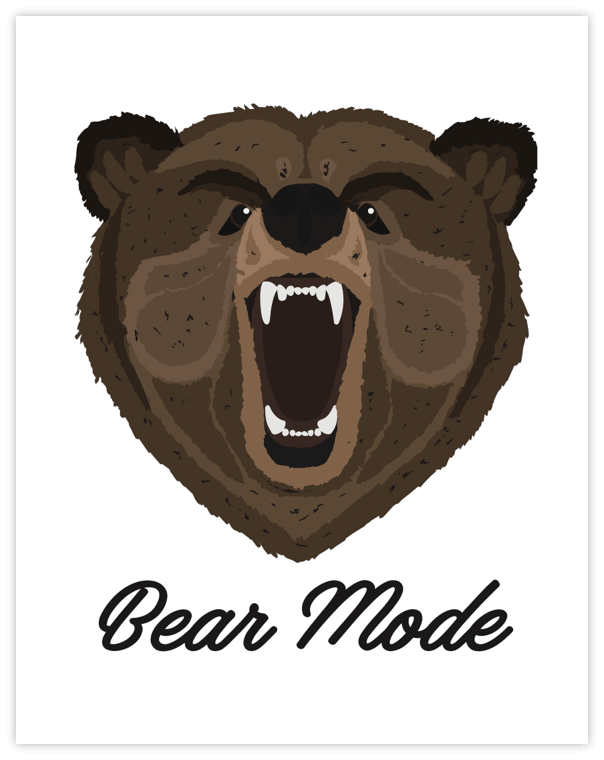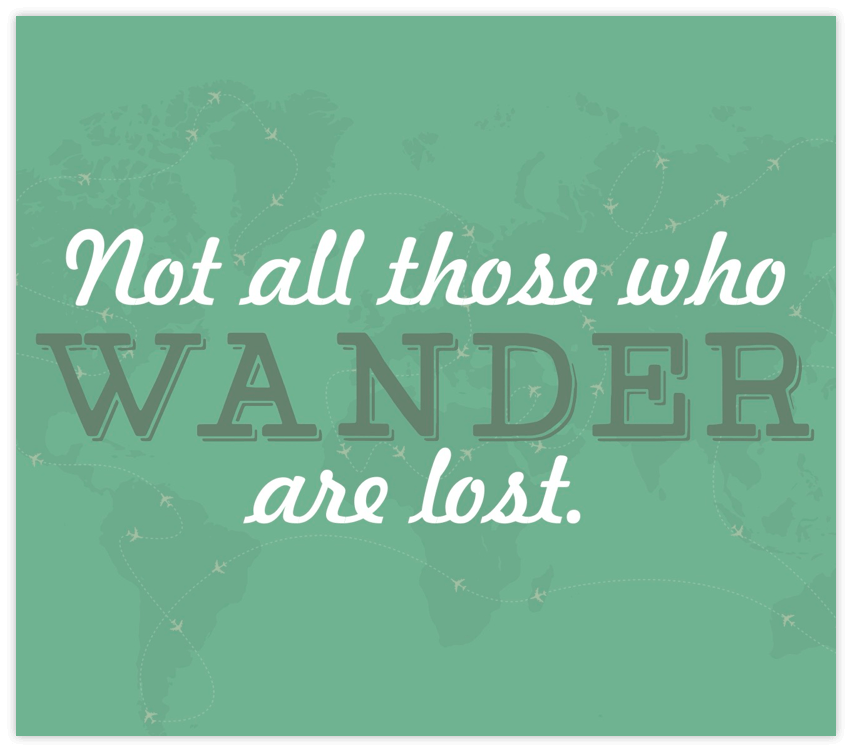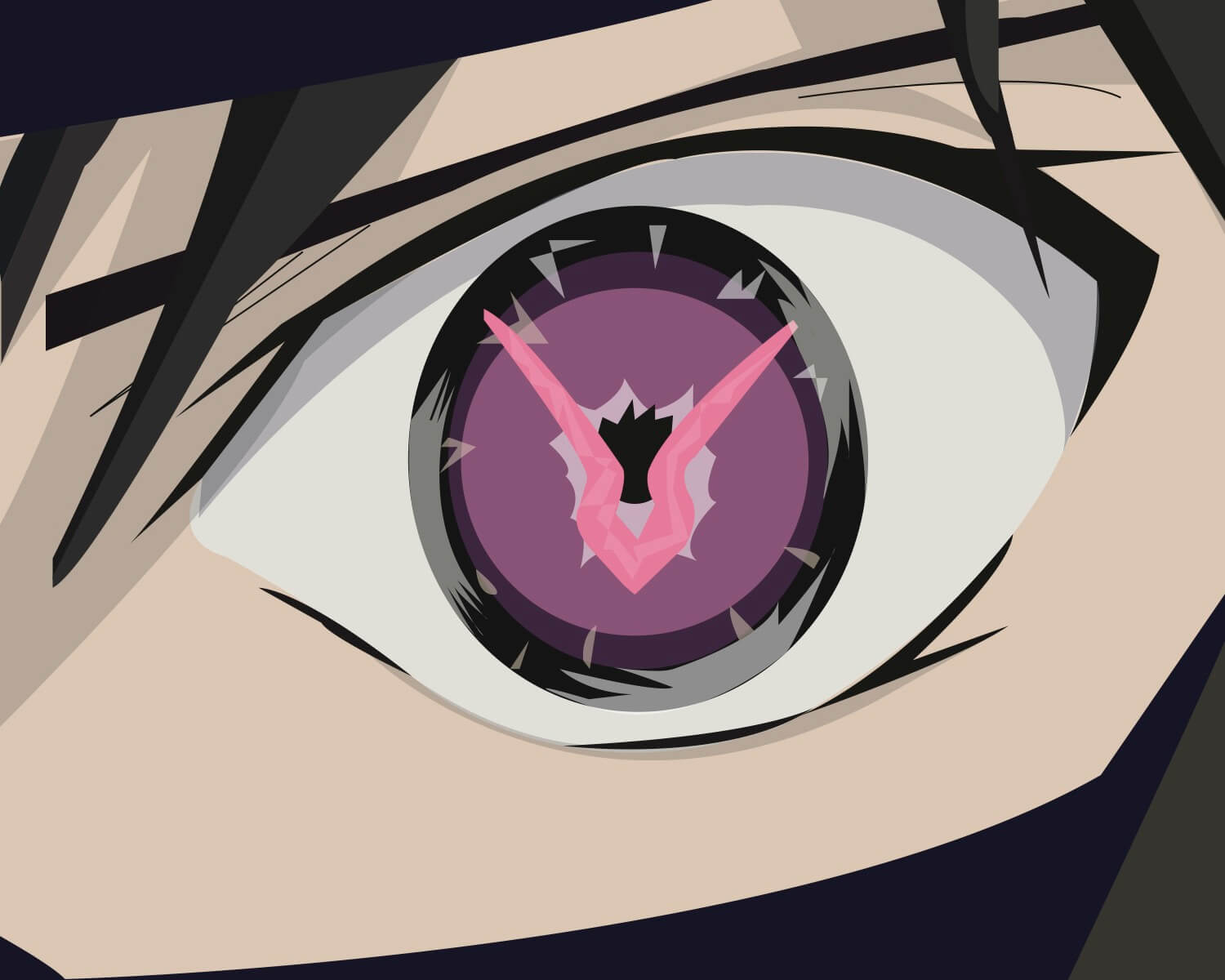My Portfolio
Digital
Web pages
As seen in the examples below, I have an extensive background in designing web pages for diverse products, marketing campaigns, and initiatives. My design process for creating a web page involves several stages:
- Research and analysis: This stage involves researching the target audience, understanding their needs and pain points, and analyzing the competition. This information is used to inform the design and messaging of the page. This phase also incorporates user journey mapping to visually represent a user's actions, emotions, and pain points throughout their entire interaction, not just with the page I'm creating.
- Conceptualization and ideation: Based on the research and analysis, concepts and ideas are developed for the page design. This stage involves brainstorming and sketching out potential layouts, copy, and visual elements.
- Wireframing and prototyping: Once the concept is solidified, wireframes are created to outline the structure and layout of the page. A prototype may also be developed to test the functionality and user experience of the page.
- Design and development: In my role, I collaborate closely with frontend developers on certain projects, working together to bring the design to life. Alternatively, for projects that have a shorter timeline, I will build the web page myself using a CMS system. In this approach, I utilize web components and established patterns that my team and I created. Throughout this process, I ensure that the design incorporates the intended visual elements, copy, and any interactive functionalities that enhance the user experience.
- Testing and optimization:The team's approach varies based on factors such as project visibility, timing, and available funding. When circumstances allow, we adopt a sandbox model for the page, subjecting it to rigorous user research and testing. This process helps us uncover potential issues or areas needing enhancement. Drawing insights from user feedback, we then refine the page, optimizing the its performance and overall user experience to achieve superior results.
- QA: The team then runs the page through QA to ensure the web pages meet the established quality standards. This involves a series of tests and evaluations to ensure that the web page functions as intended, performs as expected, passes Web Content Accessibility Guidelines (WCAG) 2.0, displays properly on different devices and browsers, and provides a positive user experience.
- Launch and monitoring: The page is launched and monitored for performance metrics such as conversion rates, bounce rates, and time on page. Ongoing testing and optimization may be performed to improve these metrics over time.
Branding
Wedding Day Branding
The wedding branding design process involves creating a consistent and visually appealing identity that reflects the couple's personalities, preferences, and the overall theme of their wedding.
By following a wedding branding design process, I seek to create a memorable visual identity that enhances the overall wedding experience and leaves a lasting impression on guests. This process encompasses the following steps:
- Initial consultation: Meet with the couple to discuss their vision, preferences, theme, color scheme, and any specific elements they want to incorporate into their wedding branding.
- Mood board creation: Develop a mood board that compiles visual inspiration, including images, color swatches, typography samples, and design elements that capture the desired aesthetic.
- Logo and monogram design: Create a unique logo or monogram that serves as the centerpiece of the wedding branding. This emblem should represent the couple's initials or symbolize their journey together.
- Color palette selection: Choose a cohesive color palette that resonates with the couple's chosen theme and evokes the desired mood and emotions.
- Typography selection: Identify fonts that complement the overall design and align with the wedding's theme. Use typography consistently across all materials.
- Stationery design: Create a suite of stationery, including save-the-dates, invitations, RSVP cards, and thank-you notes, that feature the logo, colors, and typography.
- Decor elements: Design decor elements such as banners, signage, table centerpieces, and place cards that incorporate the branding for a unified visual experience.
- Day-of materials: Design programs, menus, and other day-of materials that adhere to the established branding.
- Post-wedding materials: Design thank-you cards and other post-wedding materials that maintain the branding and provide a cohesive closure to the event.


